Transitioning from water (Amalfi) to land (Tuscany) was no simple task, but it was made a lot easier by Tuscany’s claim-to-fame: WINE! Brunello di Montalcino, Chianti Classico, Vernaccia di San Gimignano … OK maybe this transition wasn’t going to be so hard after all!
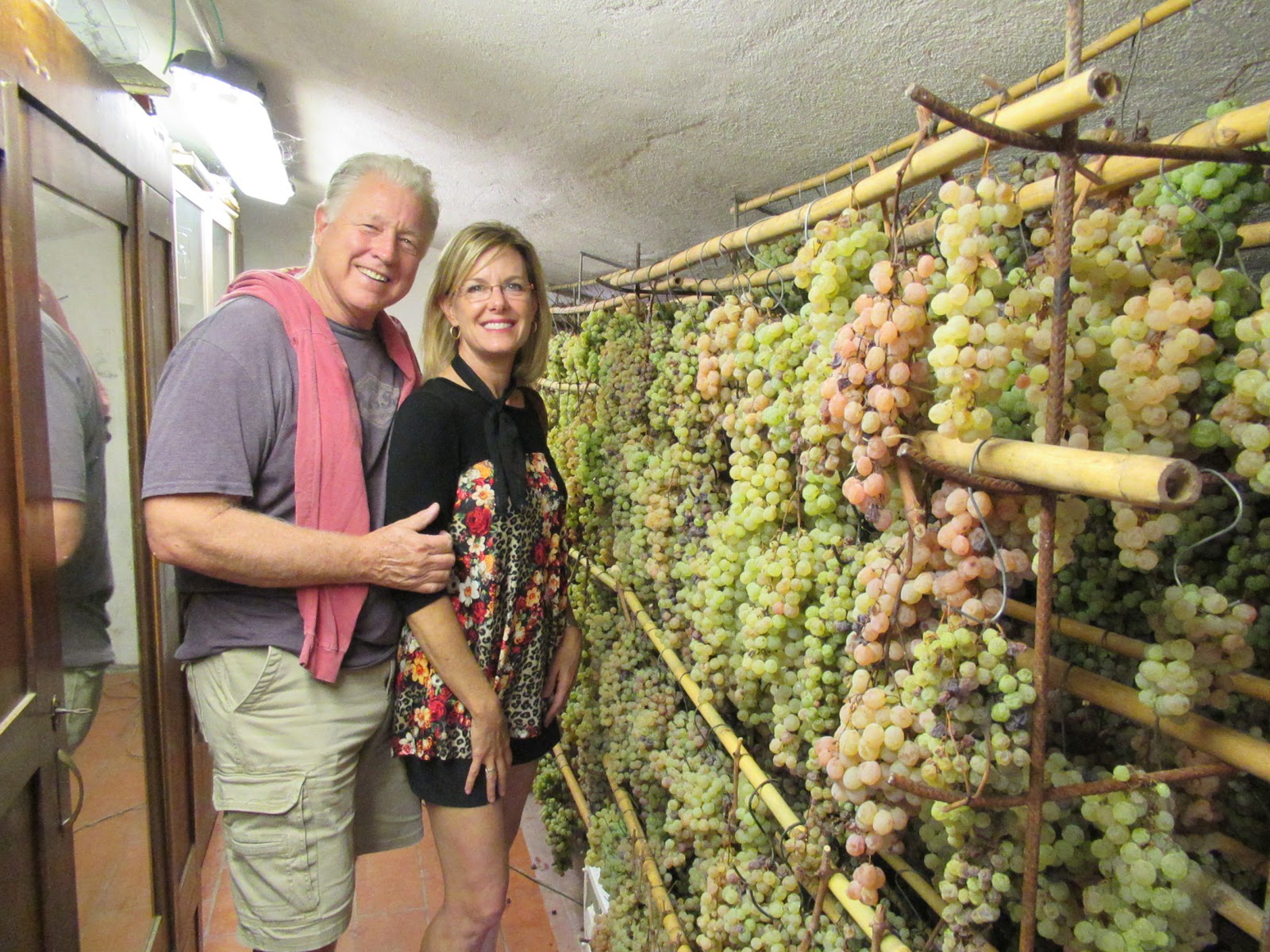

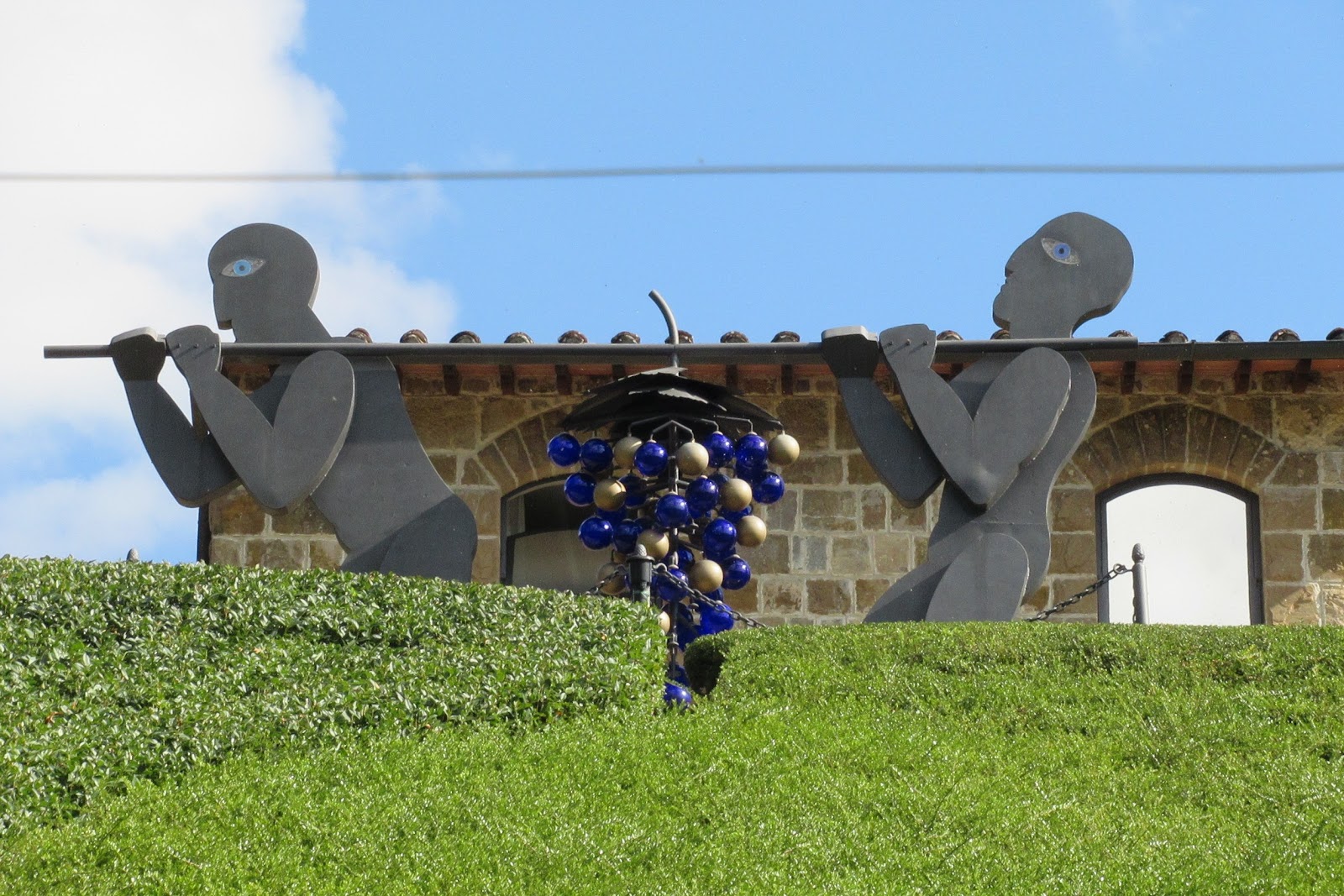
The “black rooster” is the symbol of a Chianti Classico that has met the gold standard of containing at least 80% Sangiovese grapes grown within the area, and the little fella is everywhere.
If you want to learn more about the rooster and how it rose to fame,
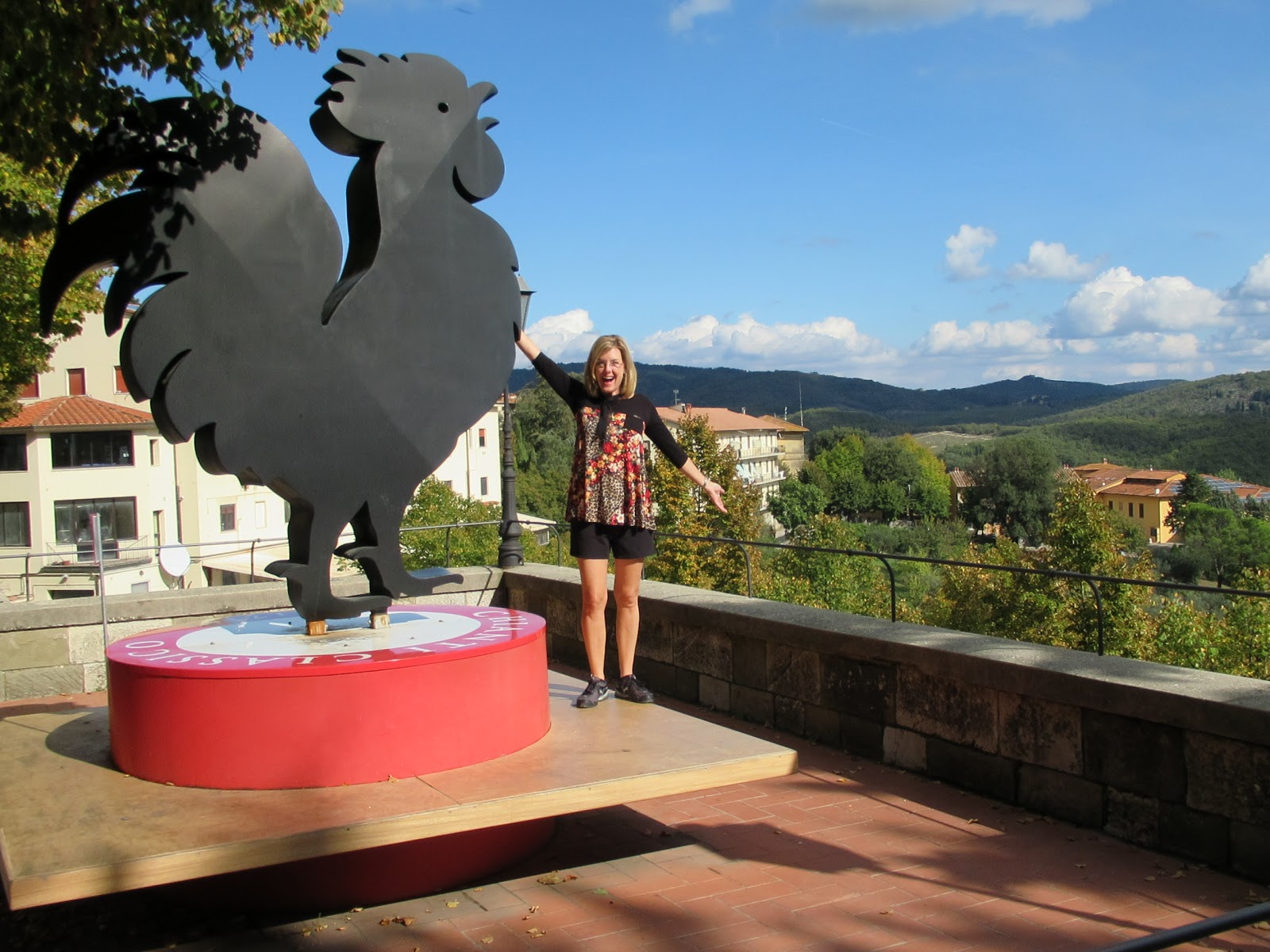
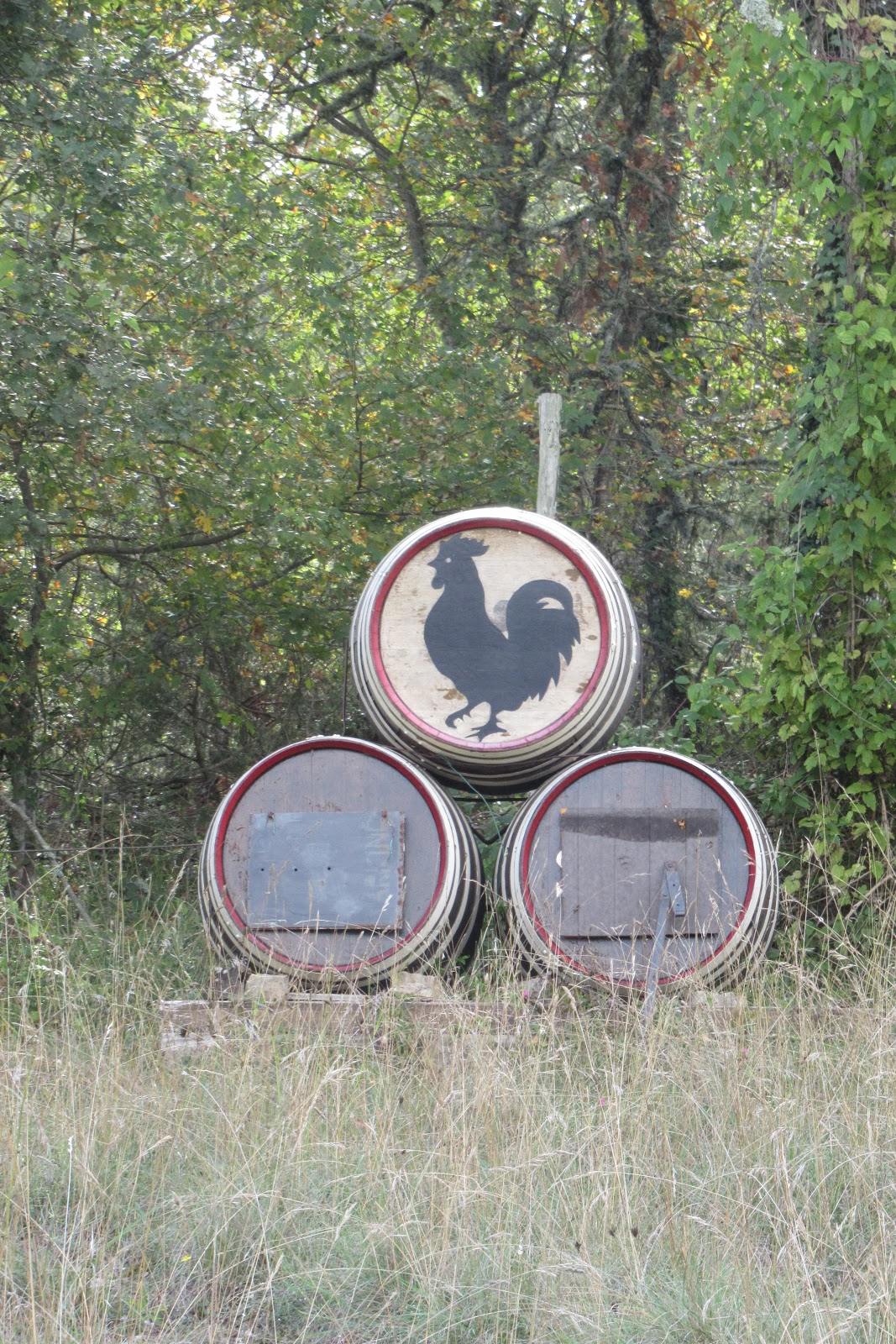
Our favorite winery just happened to be the one we toured, a tiny family-run vineyard and winery named Montefioralle (and residing in the town of Montefioralle). Grapevines in the foreground, town of Montefioralle on the hillside in the background!
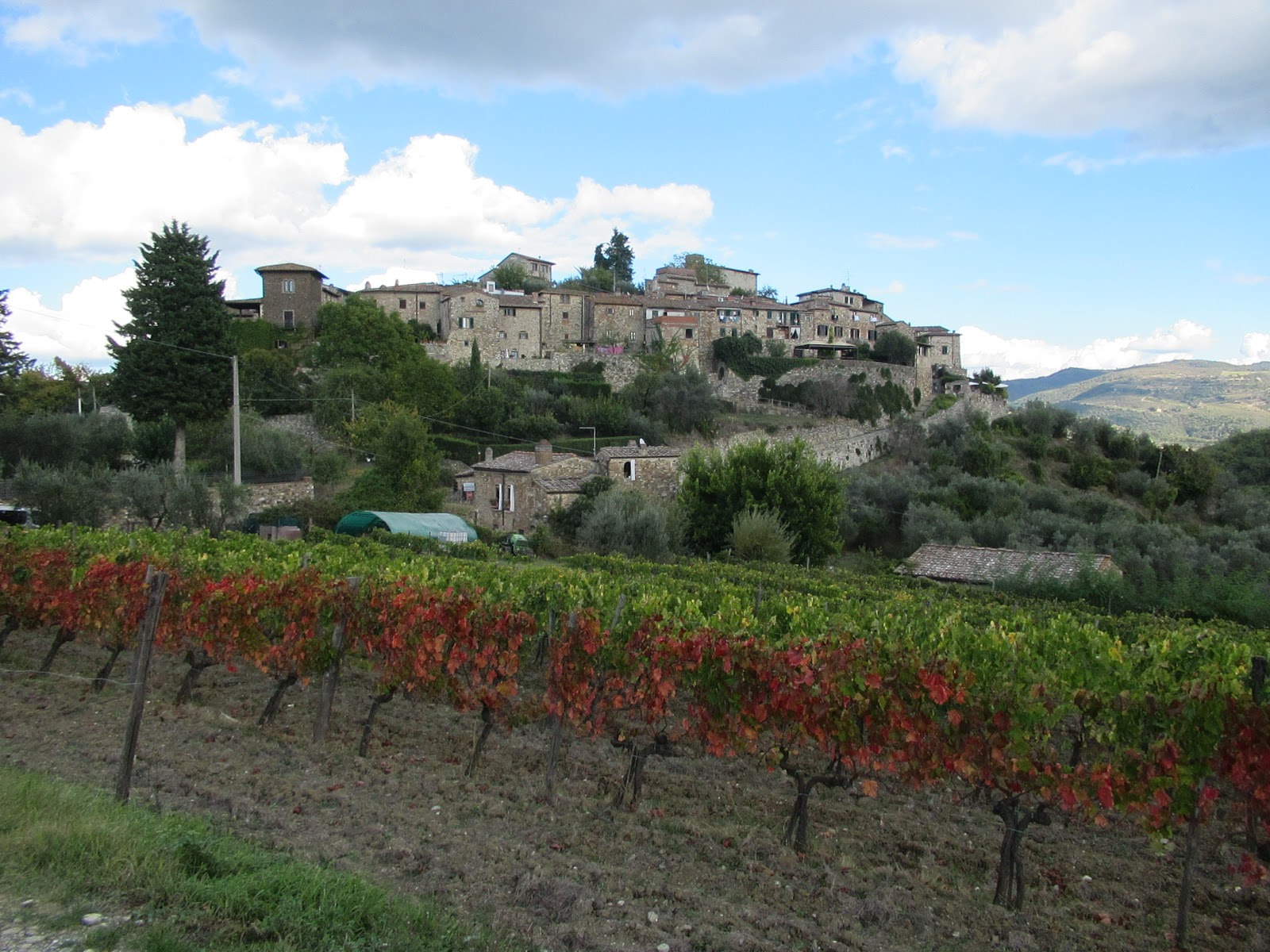
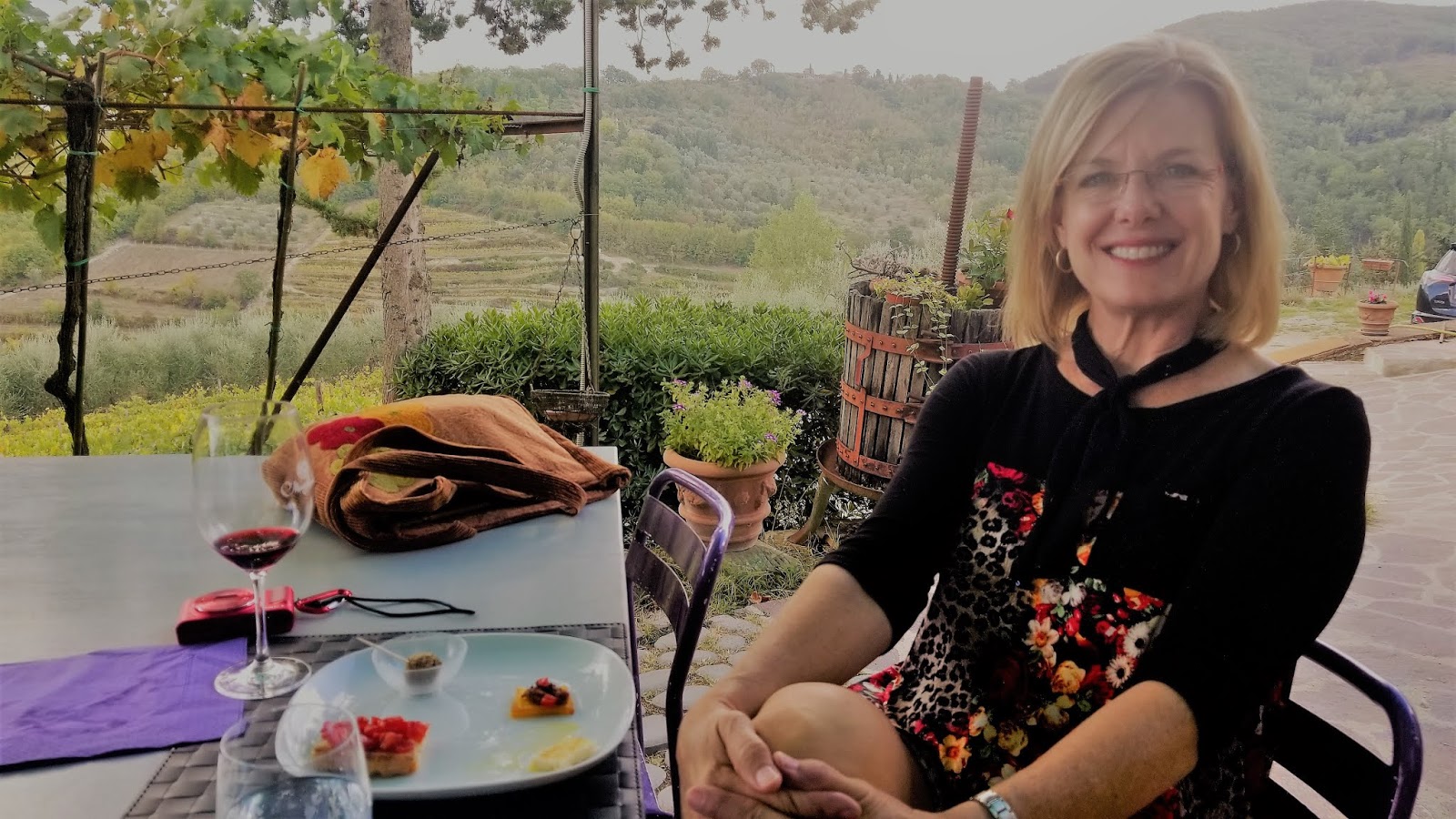
Yes, we loved it, and yes, I may have been a little toasty when I did my best Julie Andrews “Sound of Music” impression! Don’t blame me … BLAME THE WINE
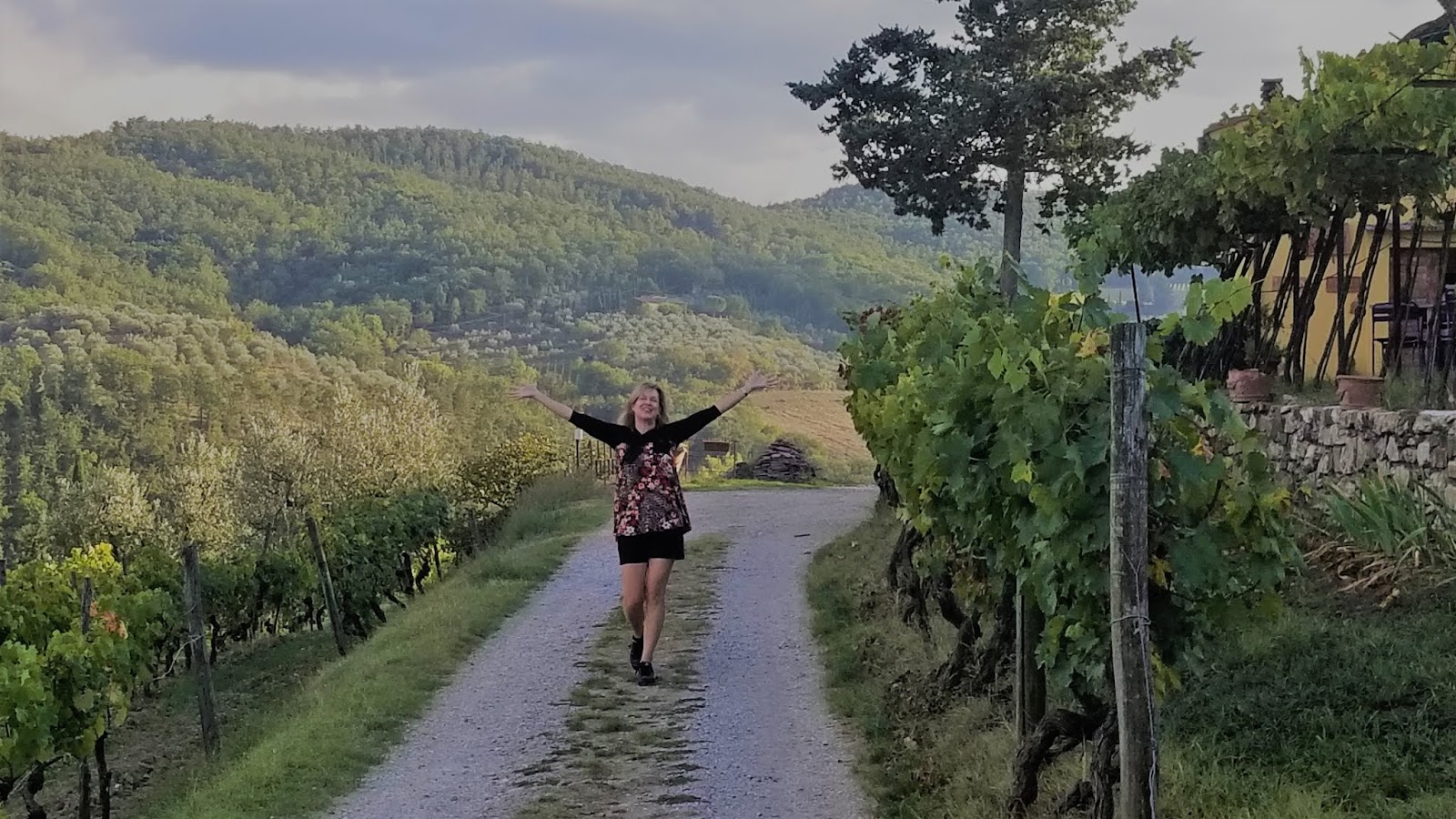
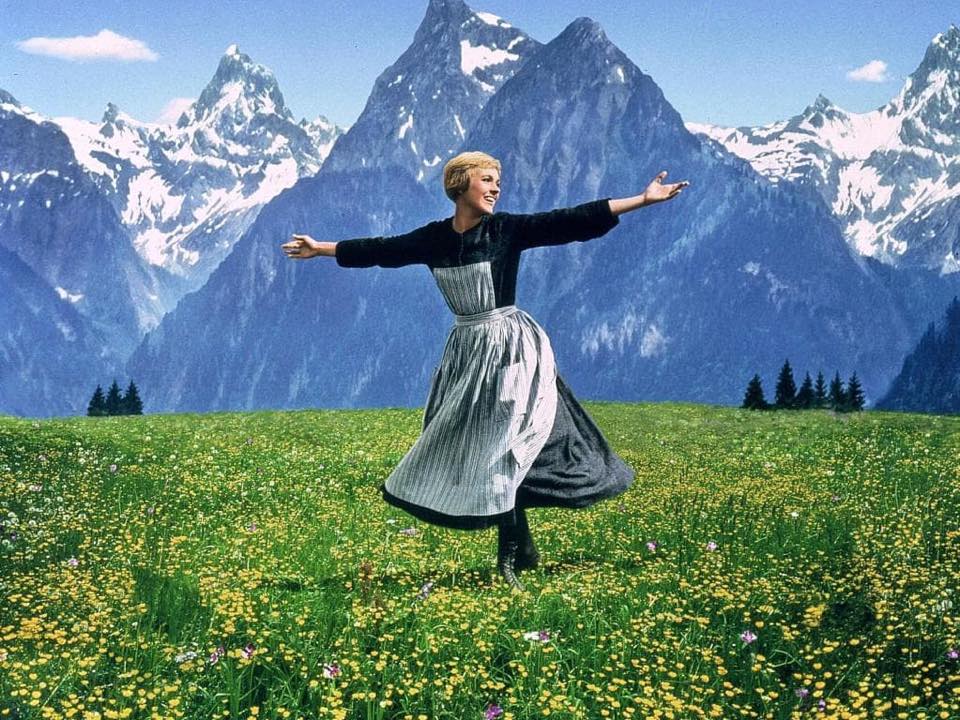
With all that drinking, ya better do a little eating! And what better way to eat authentic Italian pasta than to make it yourself! We attended a cooking class in the wild, wild Tuscan countryside and learned to make homemade pasta, stuffed ravioli, rustic bread, and tiramisu … mmmmmmm good!
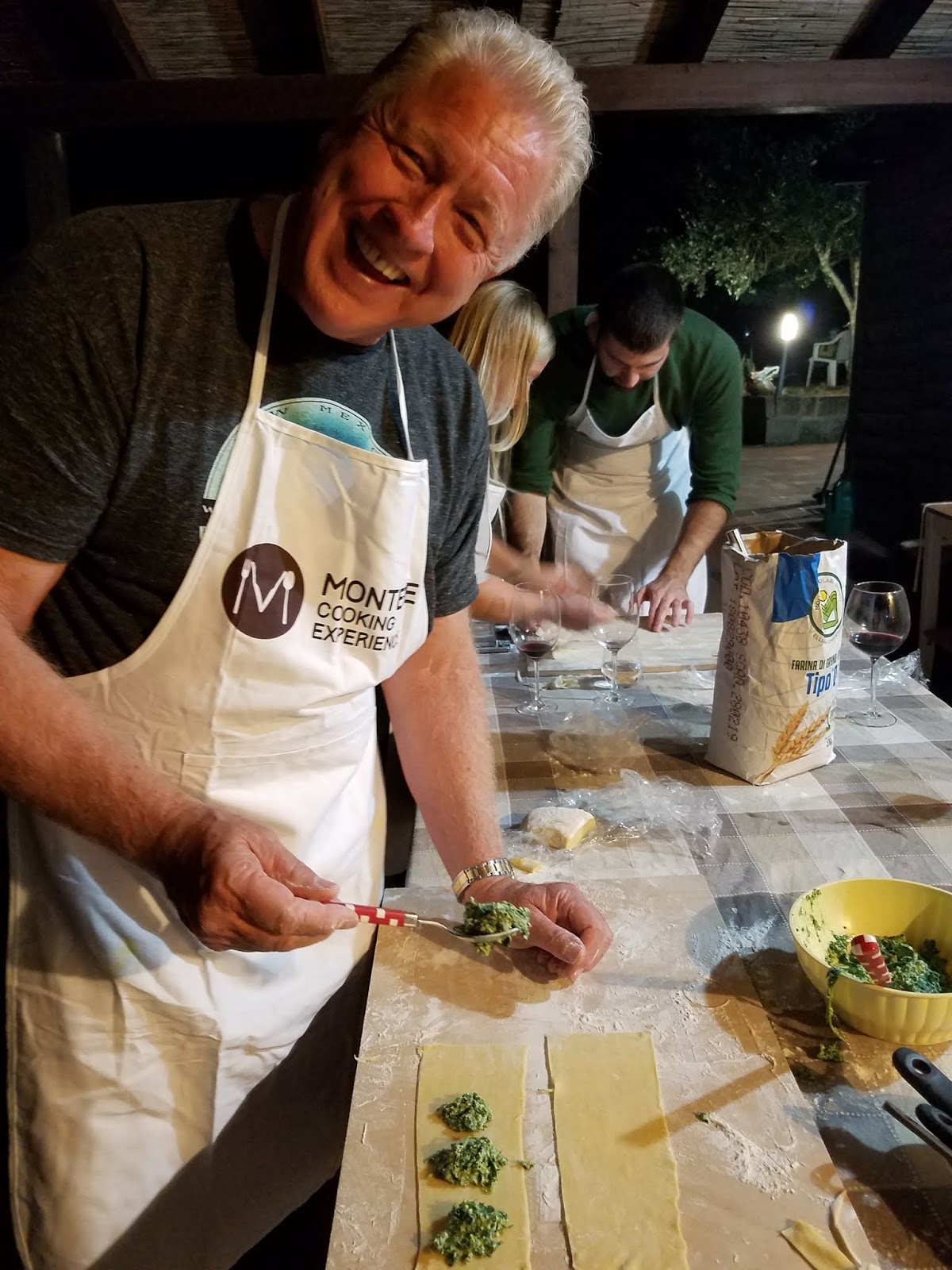

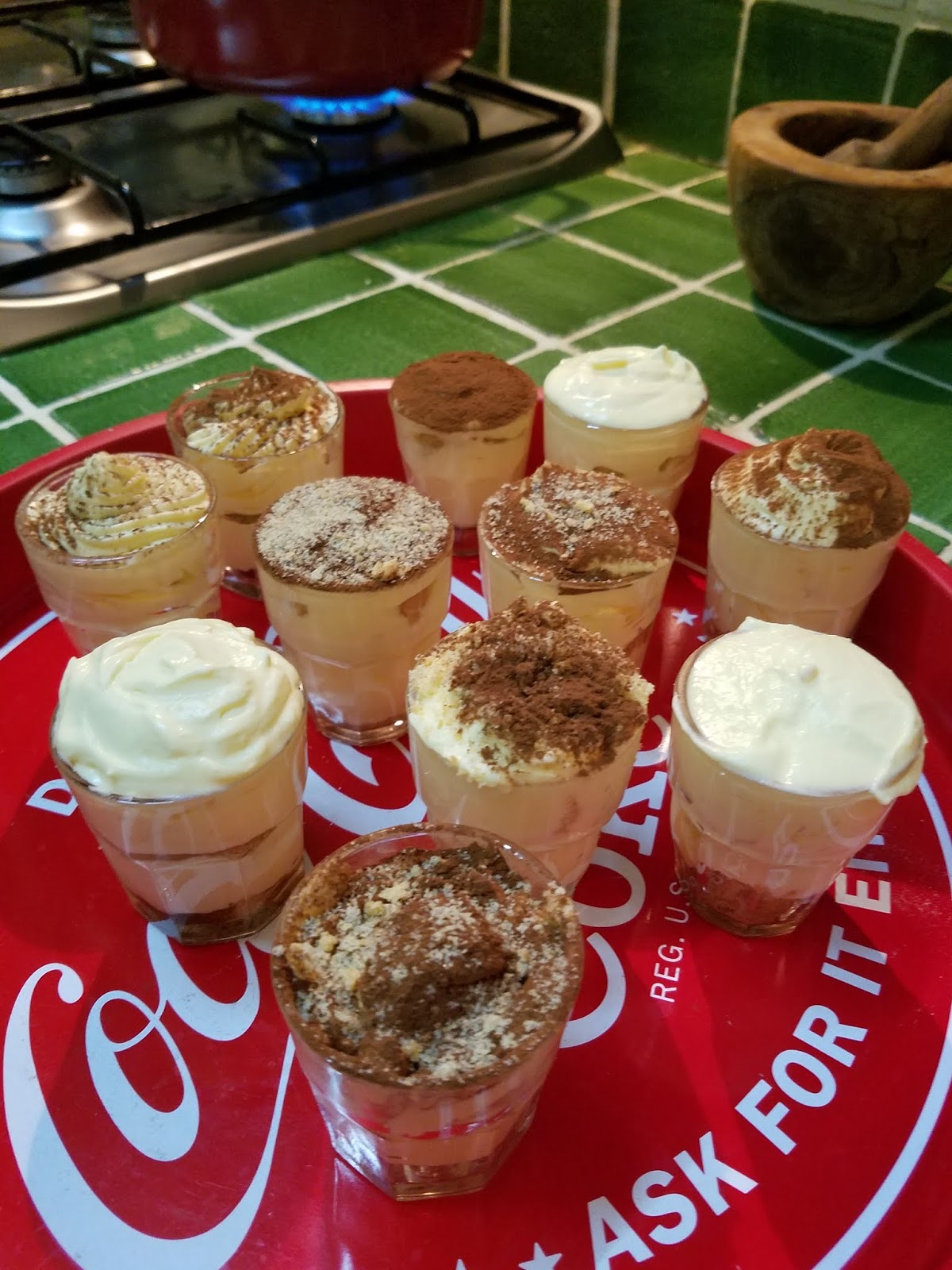
Cooking classes were outdoors, note the chicken wandering around!
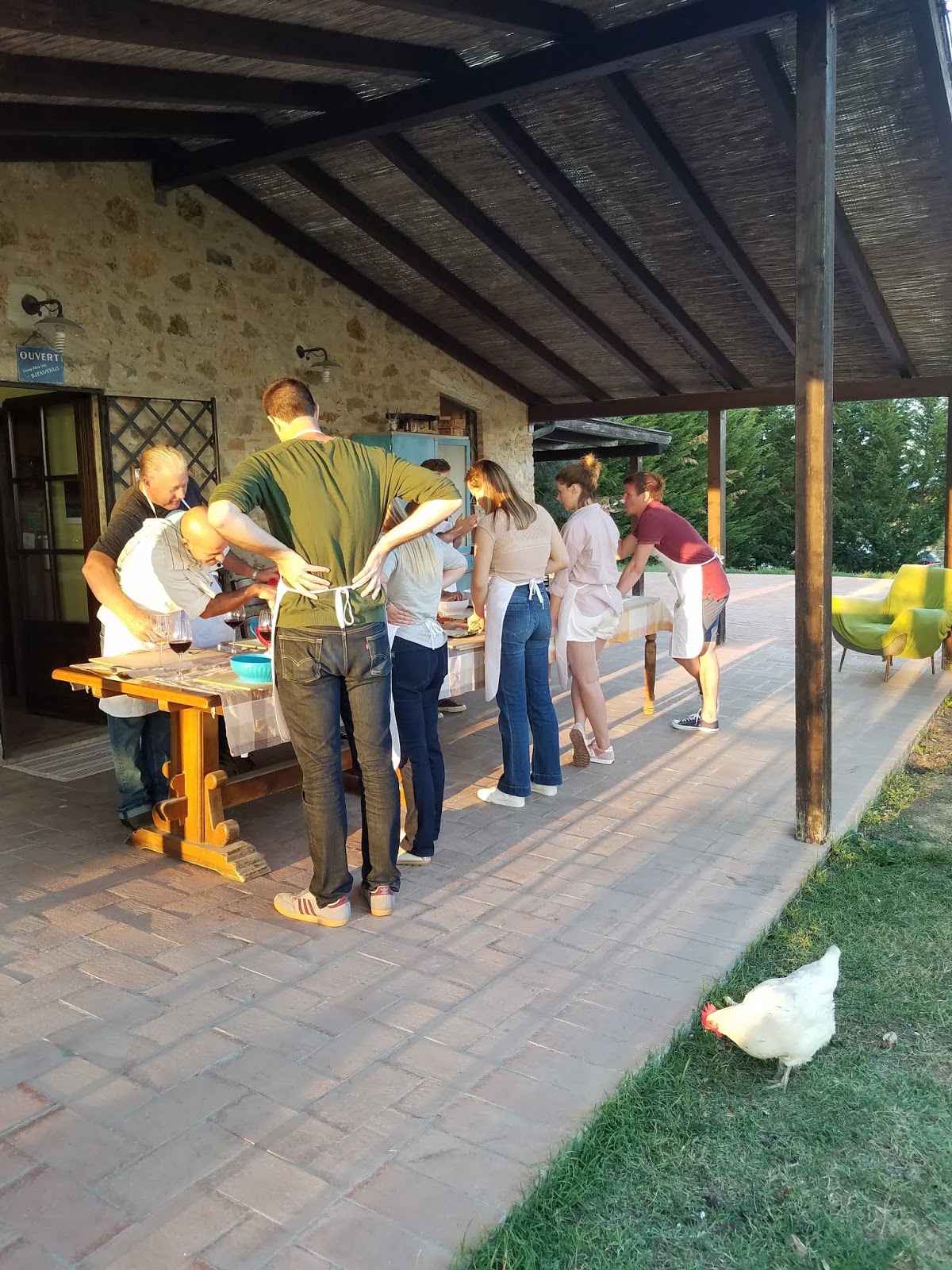
Our classmates were from Russia and it was really fun to share stories and together to break bread (I guess “breaking eggs” is more accurate). The young ones’ English was excellent, the parents’ not as good but still passable.

But more importantly … music! The chef (also a musician) found out that Philip plays harmonica and just happened to have a full set of harps on hand for a jammin’ good time!


A riddle: What do you get when you cross an Italian chef on a guitar, a Russian schoolgirl on a ukelele, and an Arizona real estate developer on harmonica in a cooking class in Tuscany? Why, a WHOLE LOTTA FUN, that’s what! (click video below for some Italian Johnny Cash)
Alas, all good “bromances” must come to an end, but Chef Mauro gave Philip a harmonica in A-minor as a parting gift to remember him by. Our experience that night was truly one to remember!
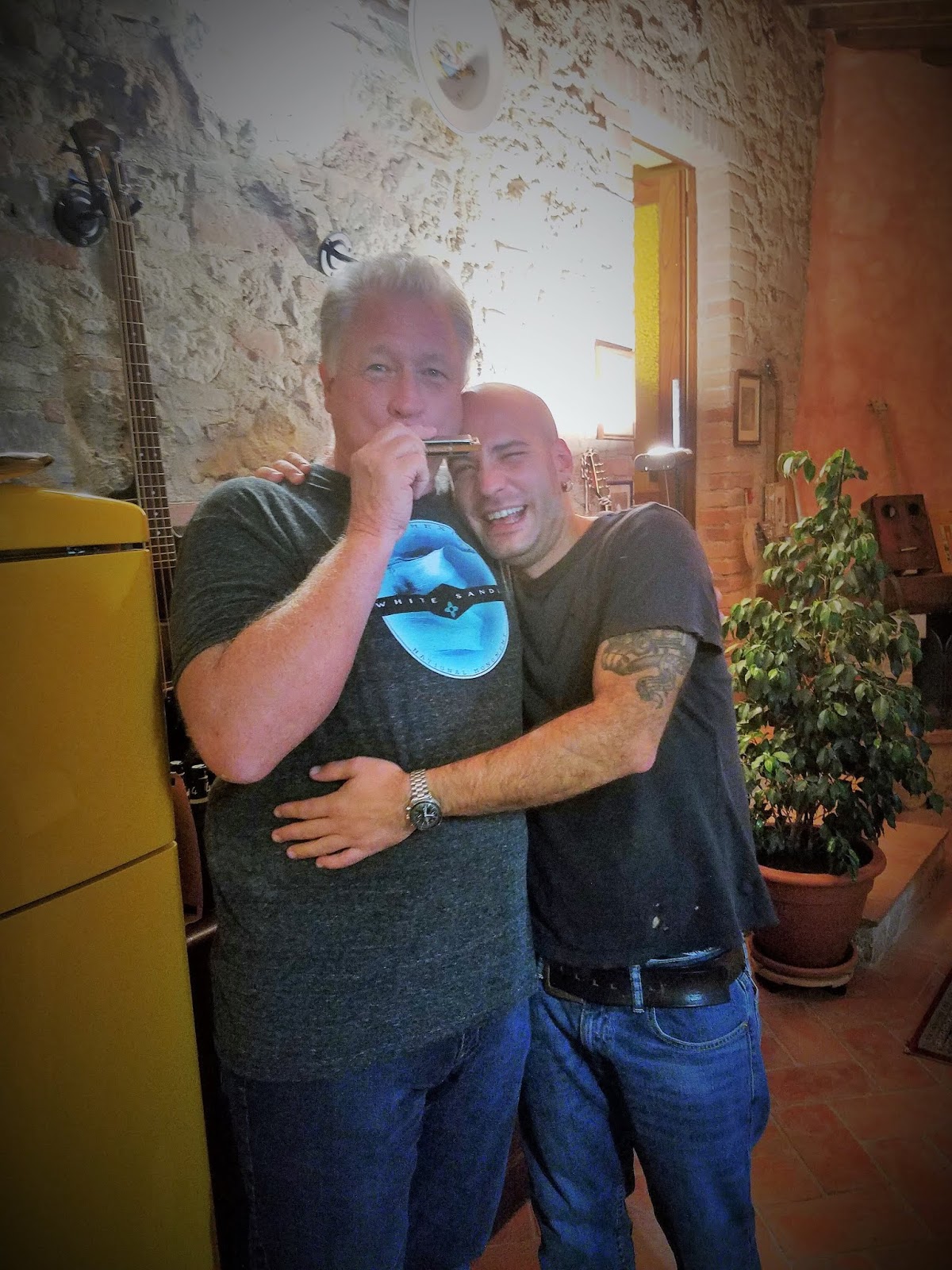
The Tuscan scenery in every direction was breathtaking.
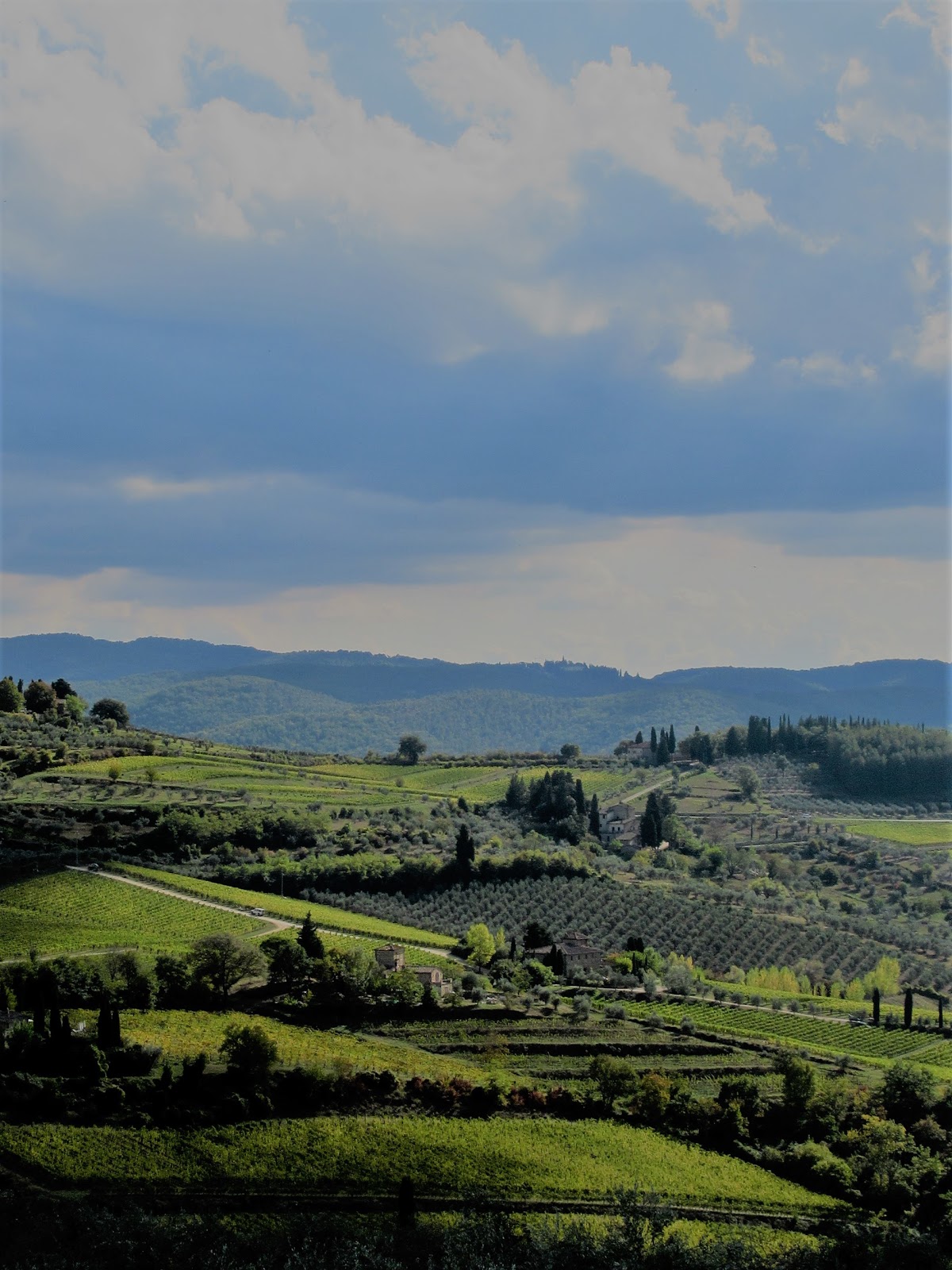
Our hotel just outside the walled town of San Gimingnano was a perfectly-restored monastery. The little balcony on the front of the building was our room’s patio!

View of San Gimingnano from our balcony.
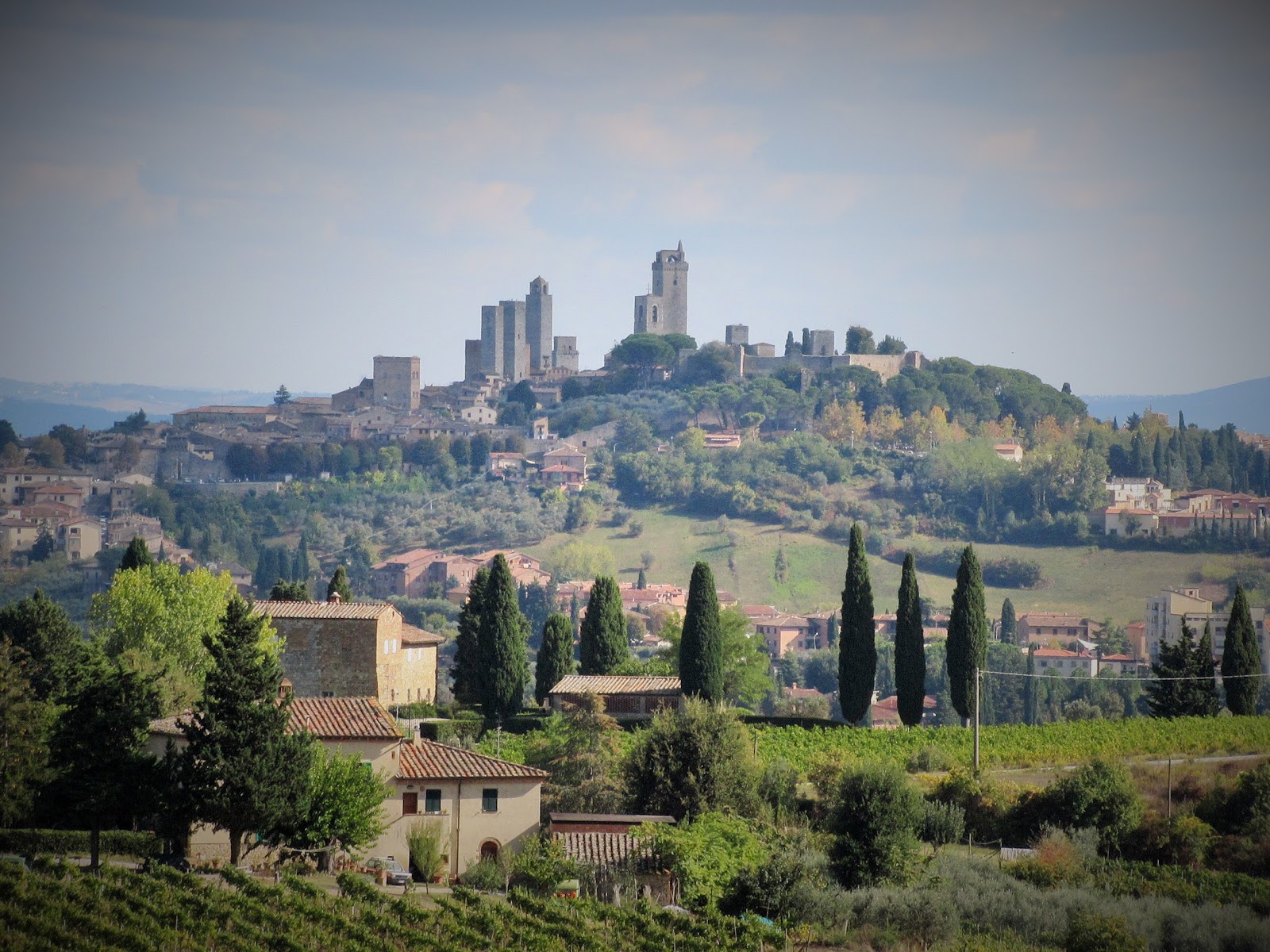
(Non-)view on a different day … just the tallest tower peeking through!
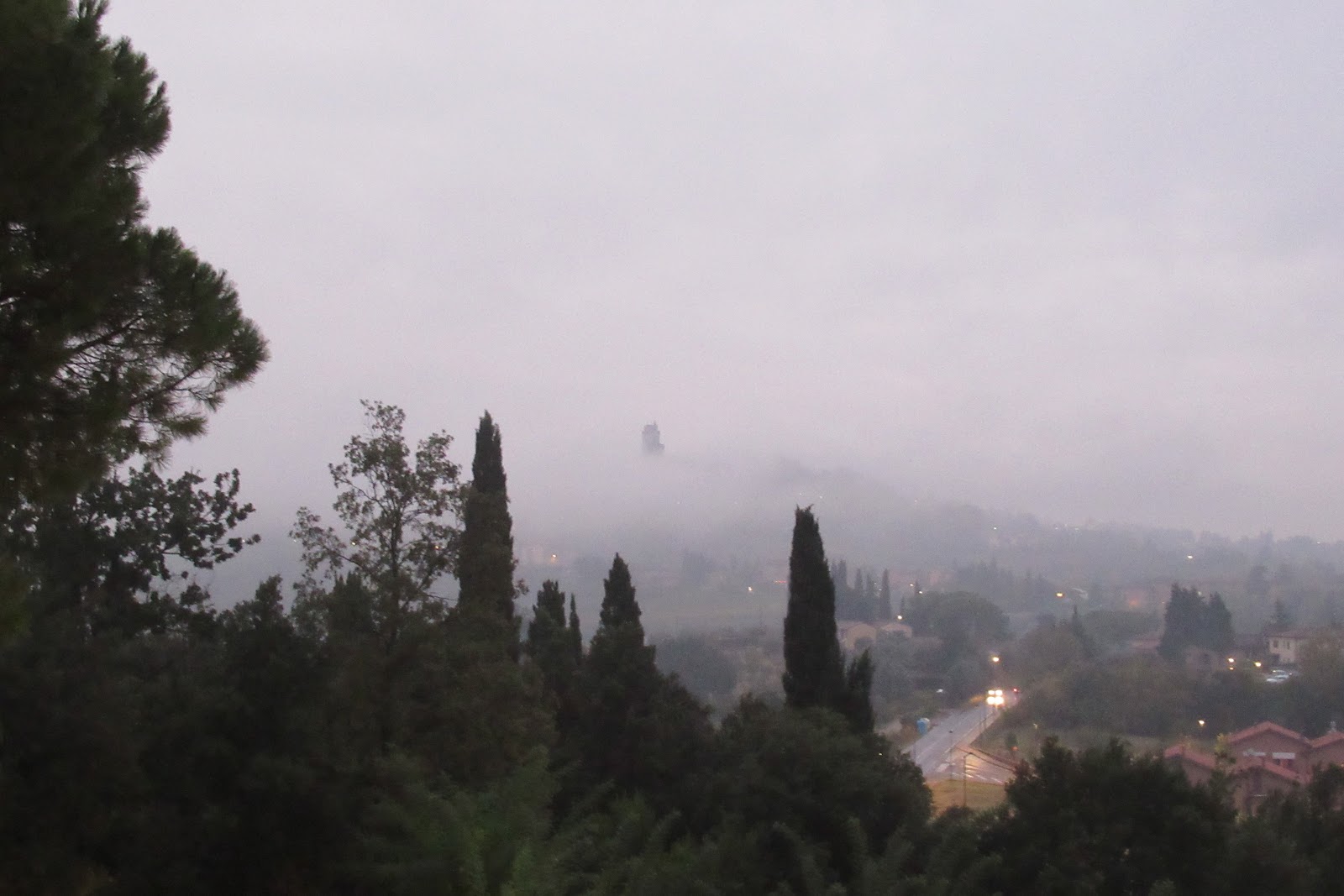
View at night with standard-issue wineglass …. this is Tuscany, remember!!
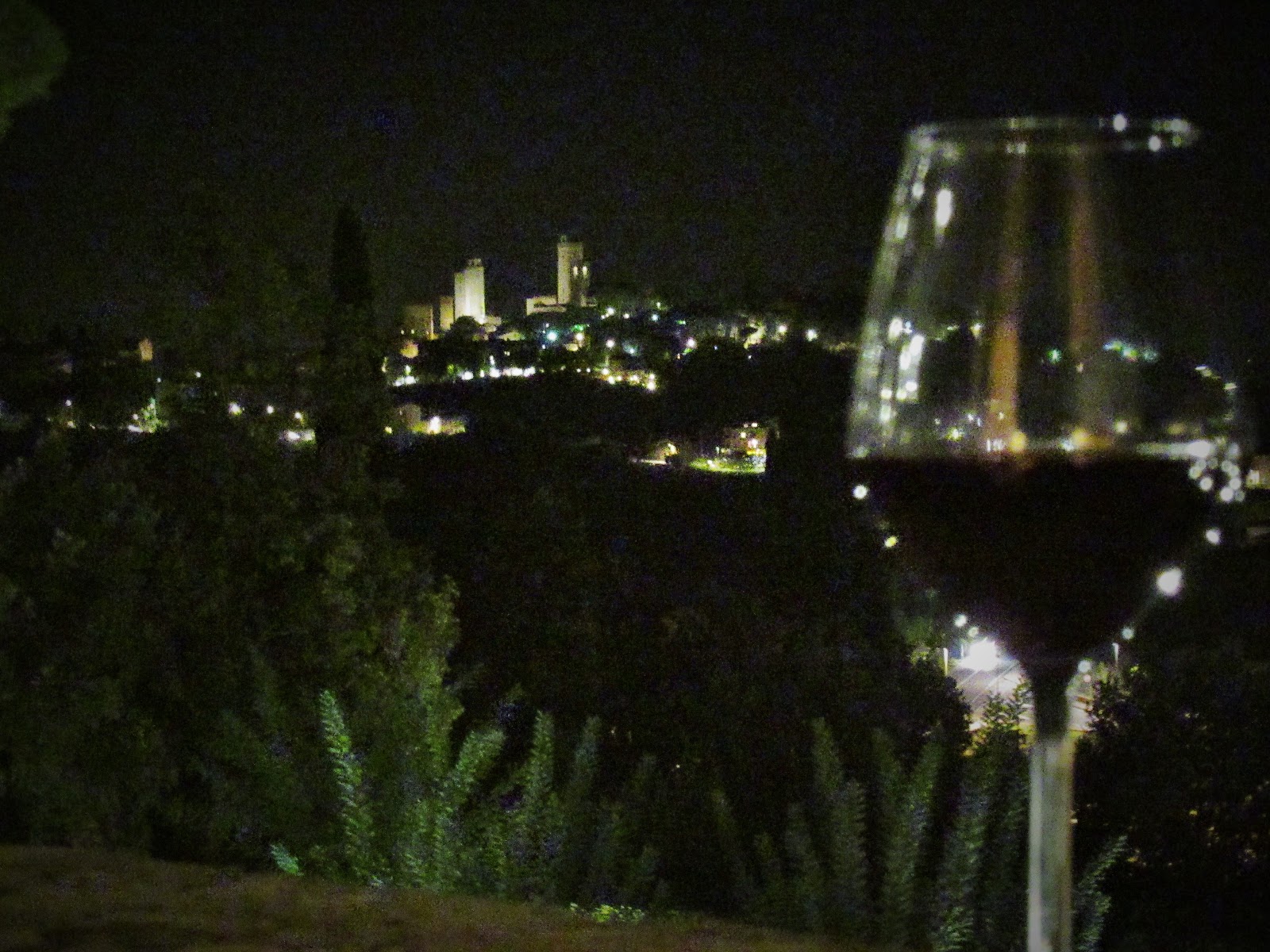
San Gimingnano is known for its towers. There are only 12 left now, but there used to be 72!
Everyone just kept building their own family’s tower higher than the last guy, to show how important of a Mr.-Big-Shot they were. (Nobody dared build higher than the church tower, however.)
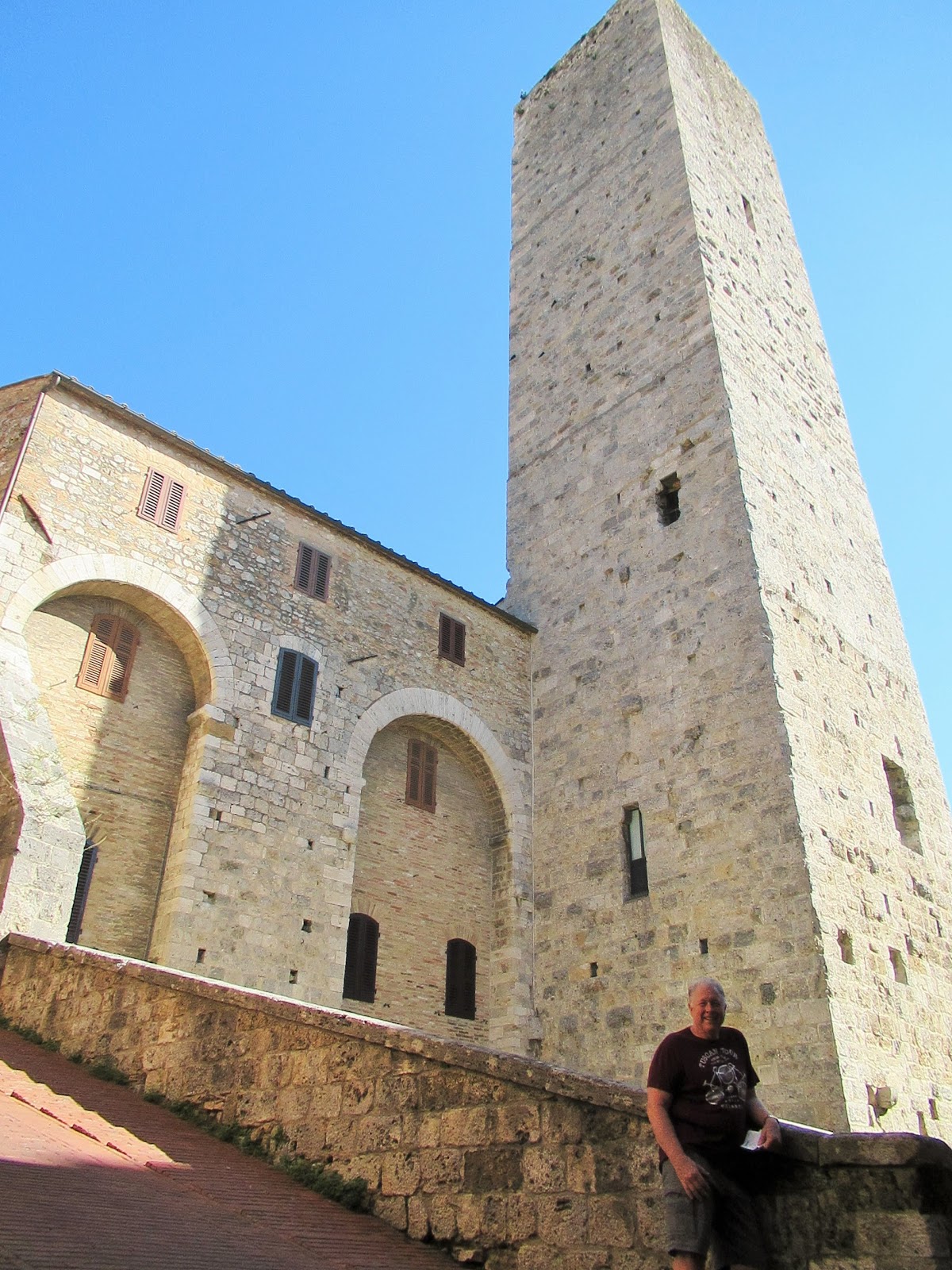
As per usual … LOTS of steps! Good for working off the .. ya know … WINE.
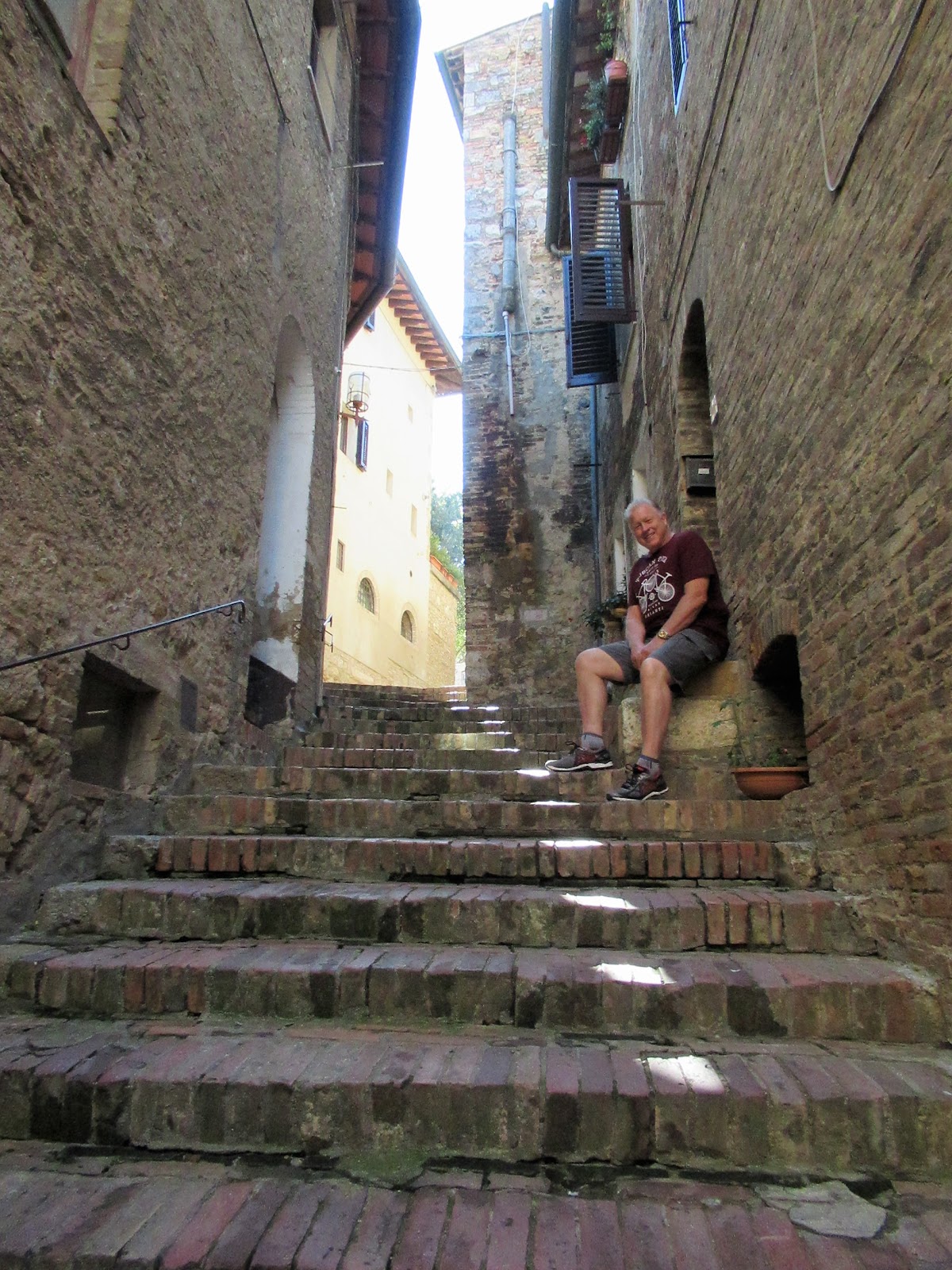
Like all Italian towns, San G has lots of churches with simple beauty.
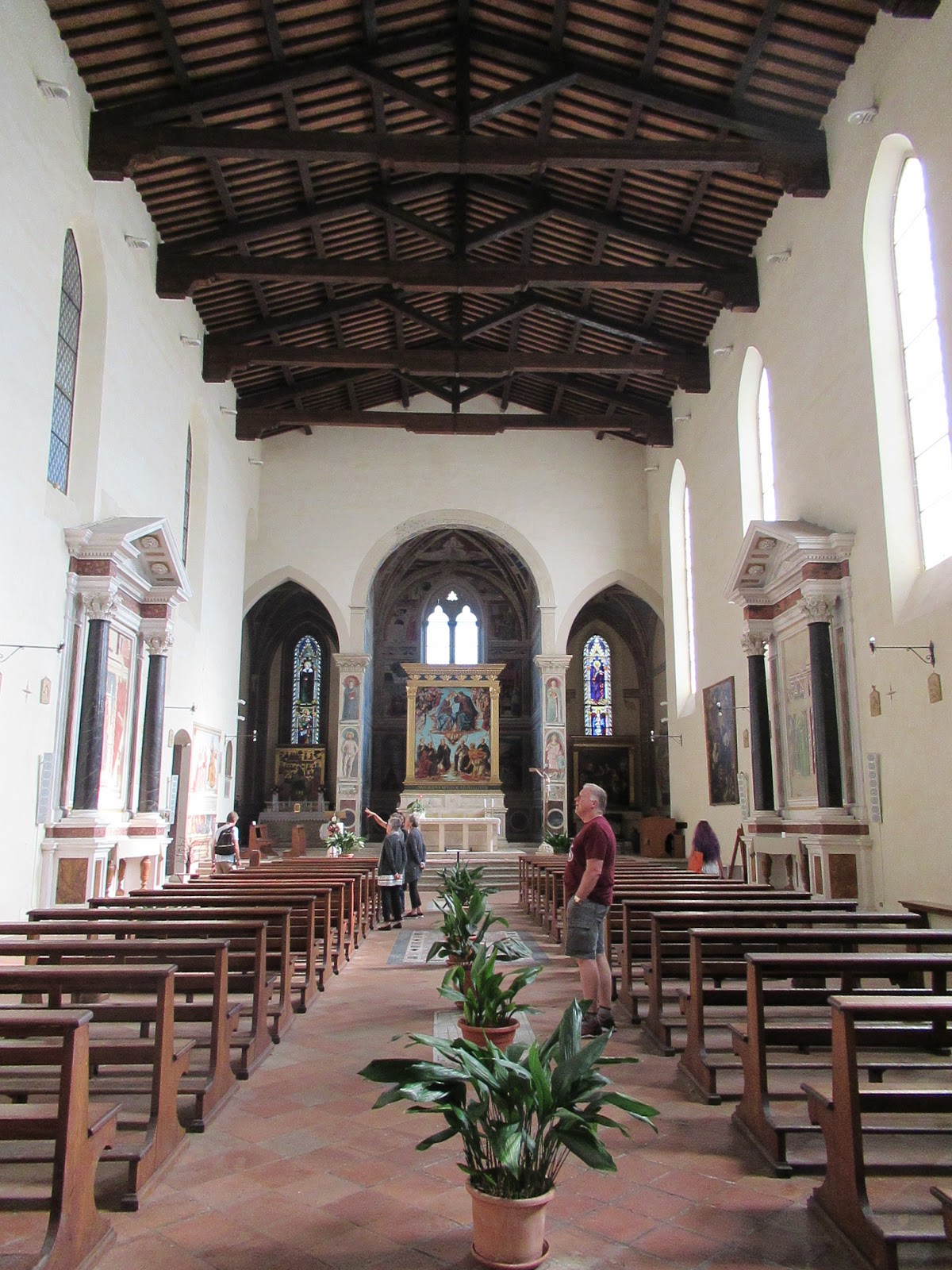
Inside, however, this piece of art … is it just me … or is that Baby Donald Trump?
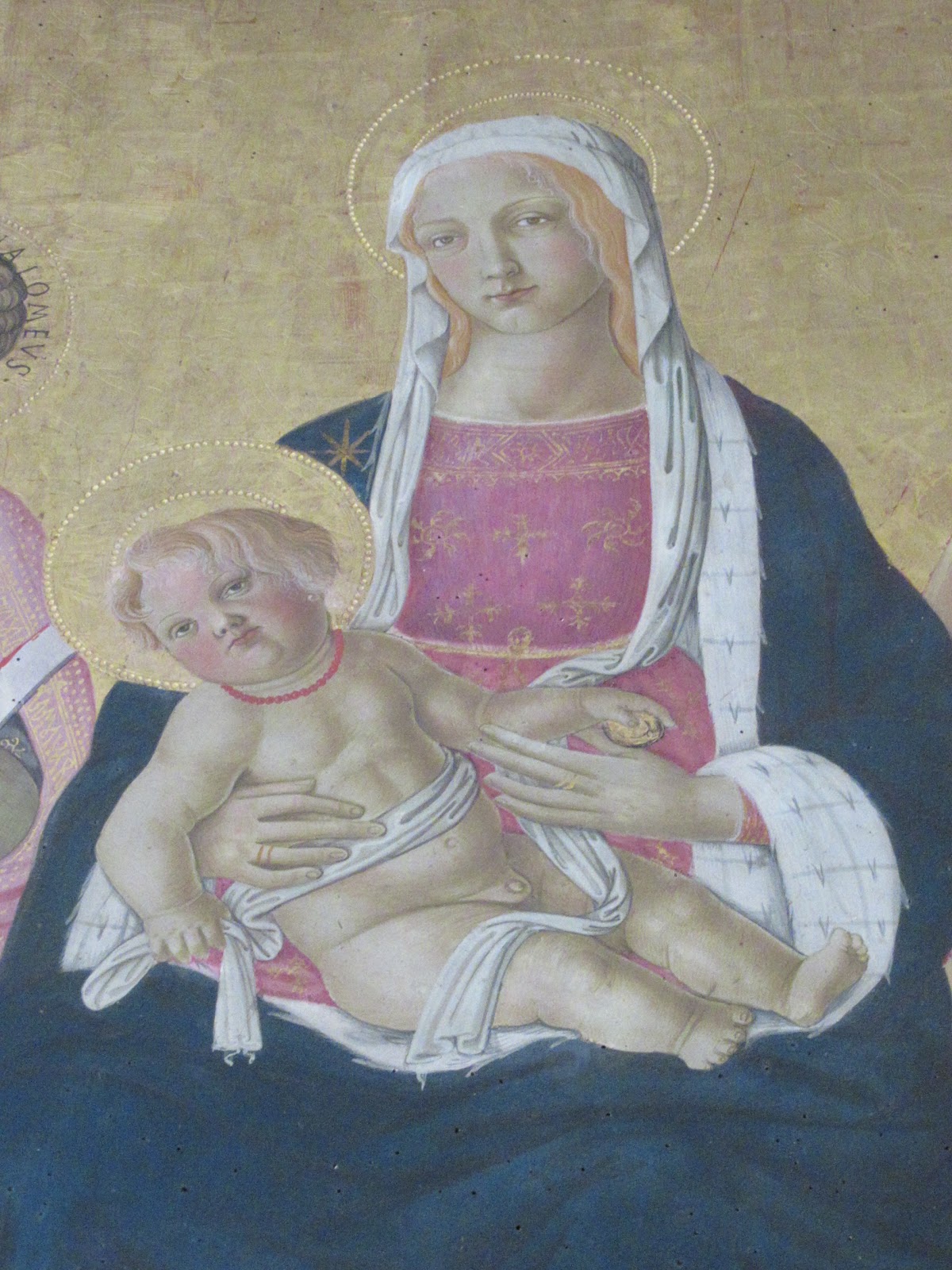
The town of Radda-in-Chianti is famous for biking (with beautiful countryside routes galore), but in particular for a race called “L’Eroica.” This is not some sort of Italian porn; rather, it’s a bike race in which you must wear vintage clothes and ride a vintage bicycle! Alas, we missed it by a week, but there were still plenty of long-haul bicyclists all around the town. More about L’Eroica here.

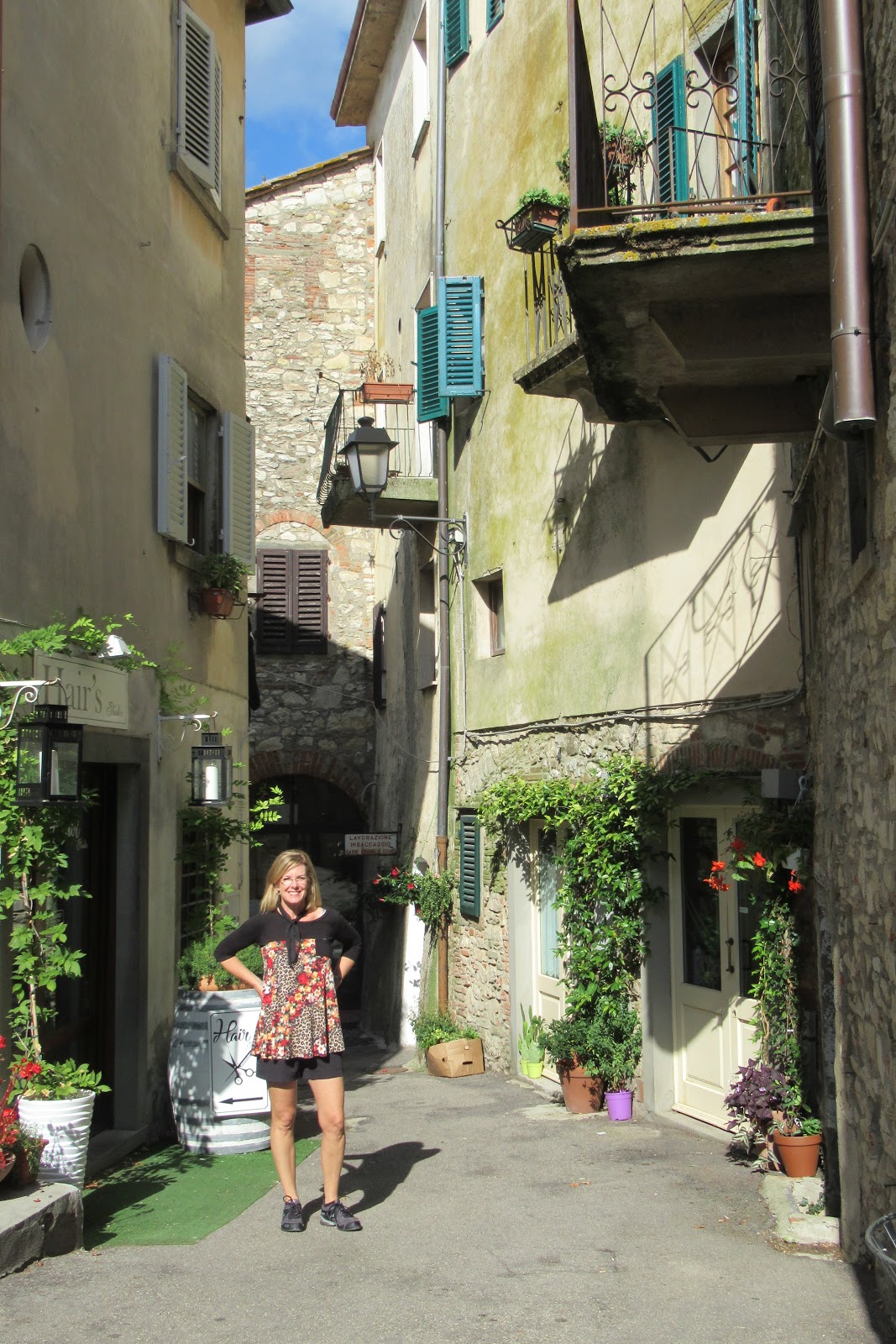
Tuscan towns have a fascination with the wild boar. He’s everywhere!!!
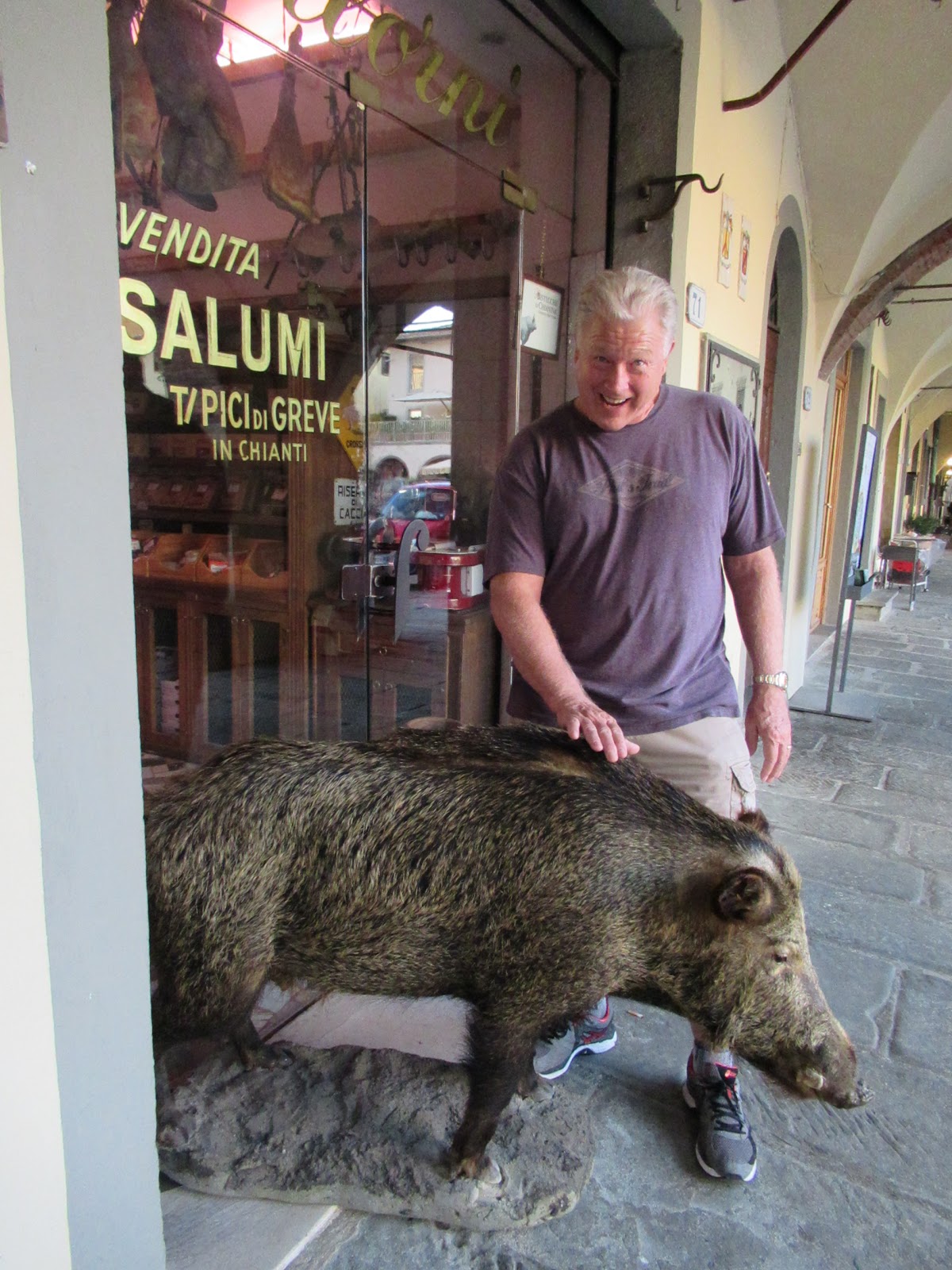
This guy was standing guard at the oldest butcher shop in Italy, in the town of Greve-in-Chianti, which was founded in 1729 and today is run by the eighth generation descendants of the founder.
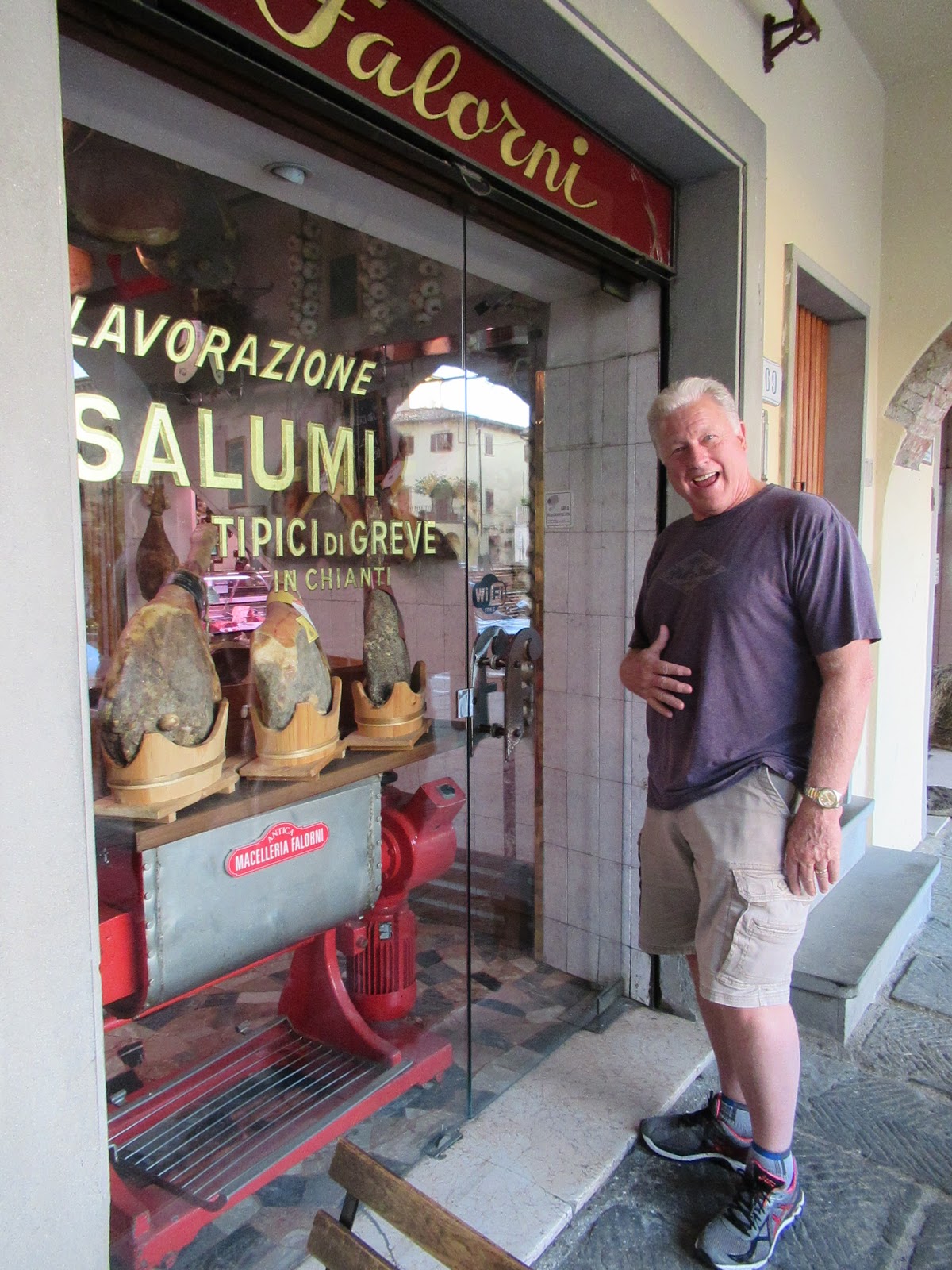
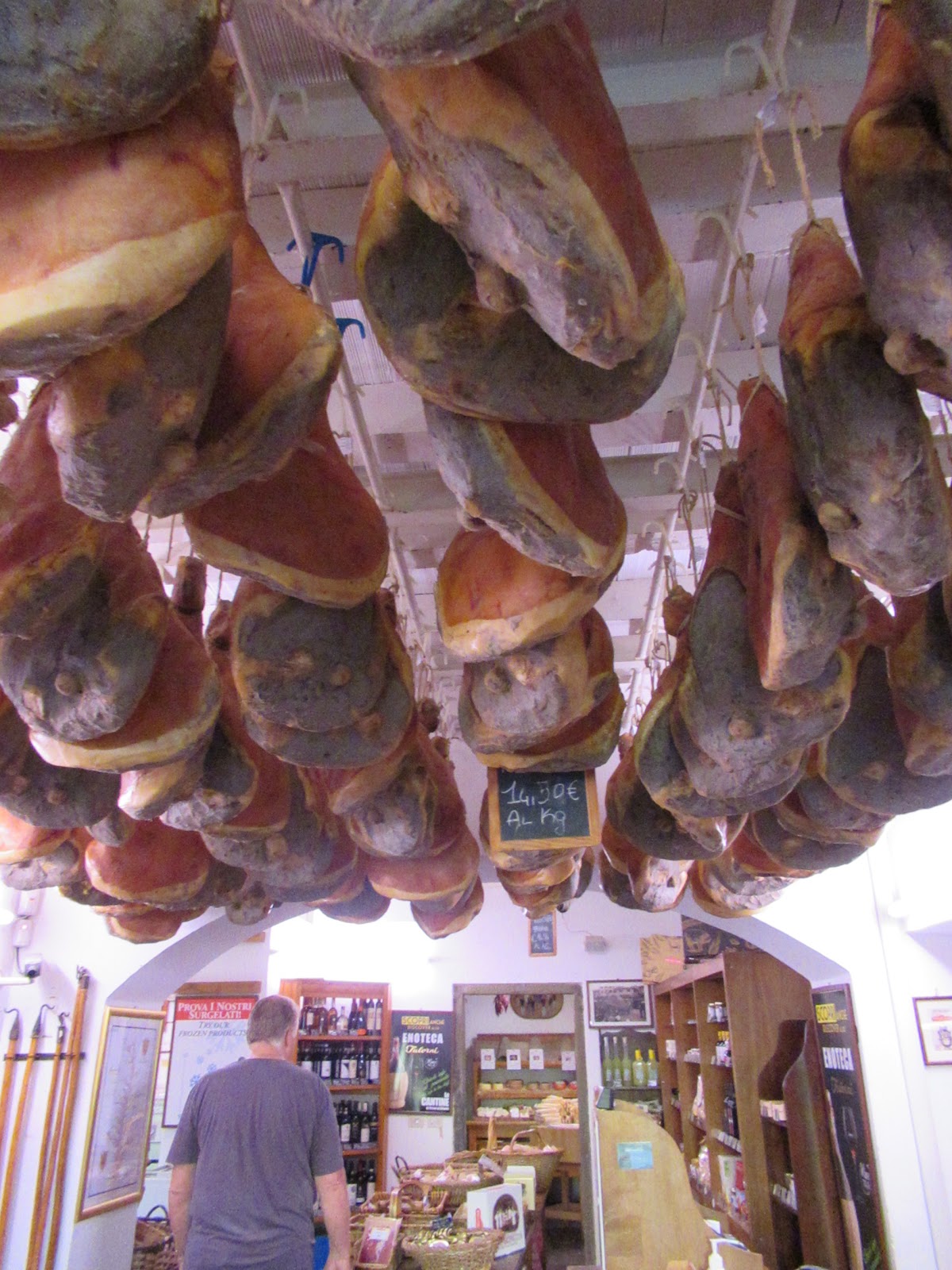
Wild boar is everywhere you look, and wild boar ragu is a delicacy and quite yummy!

Even in the cultured bastion of Florence, Mr. Wild Boar’s popularity does not diminish. “Il Porcellino” (The Piglet) is from 1634. It is extremely popular with tourists (you can barely spot him behind all the people, in fact), who place coins in his snout and rub his nose for good luck.
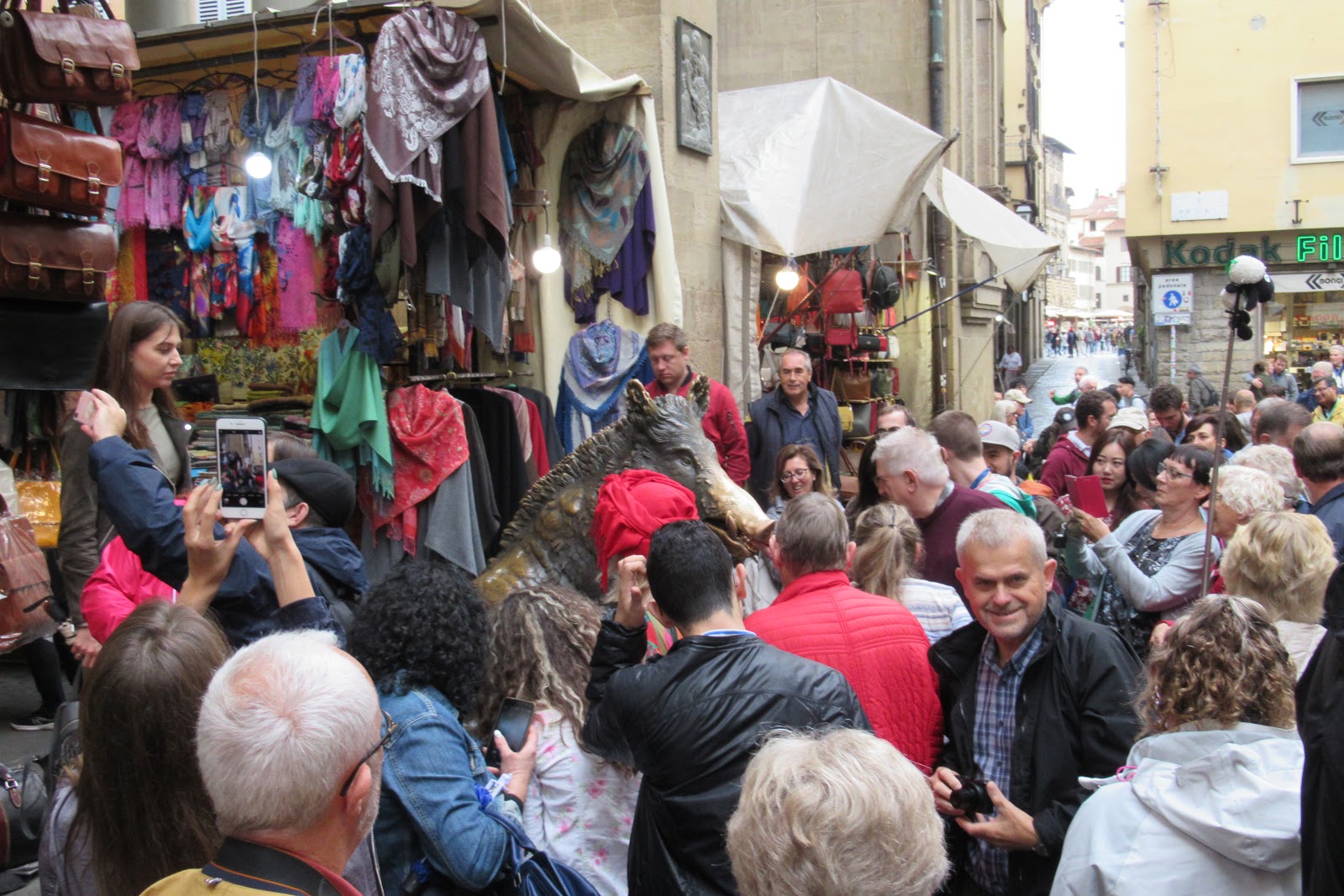
And at restaurants, Wild Boar (or W.B. as I came to call him after seeing him time and time again) hanging outside the door is the sign of a good meal to be had!
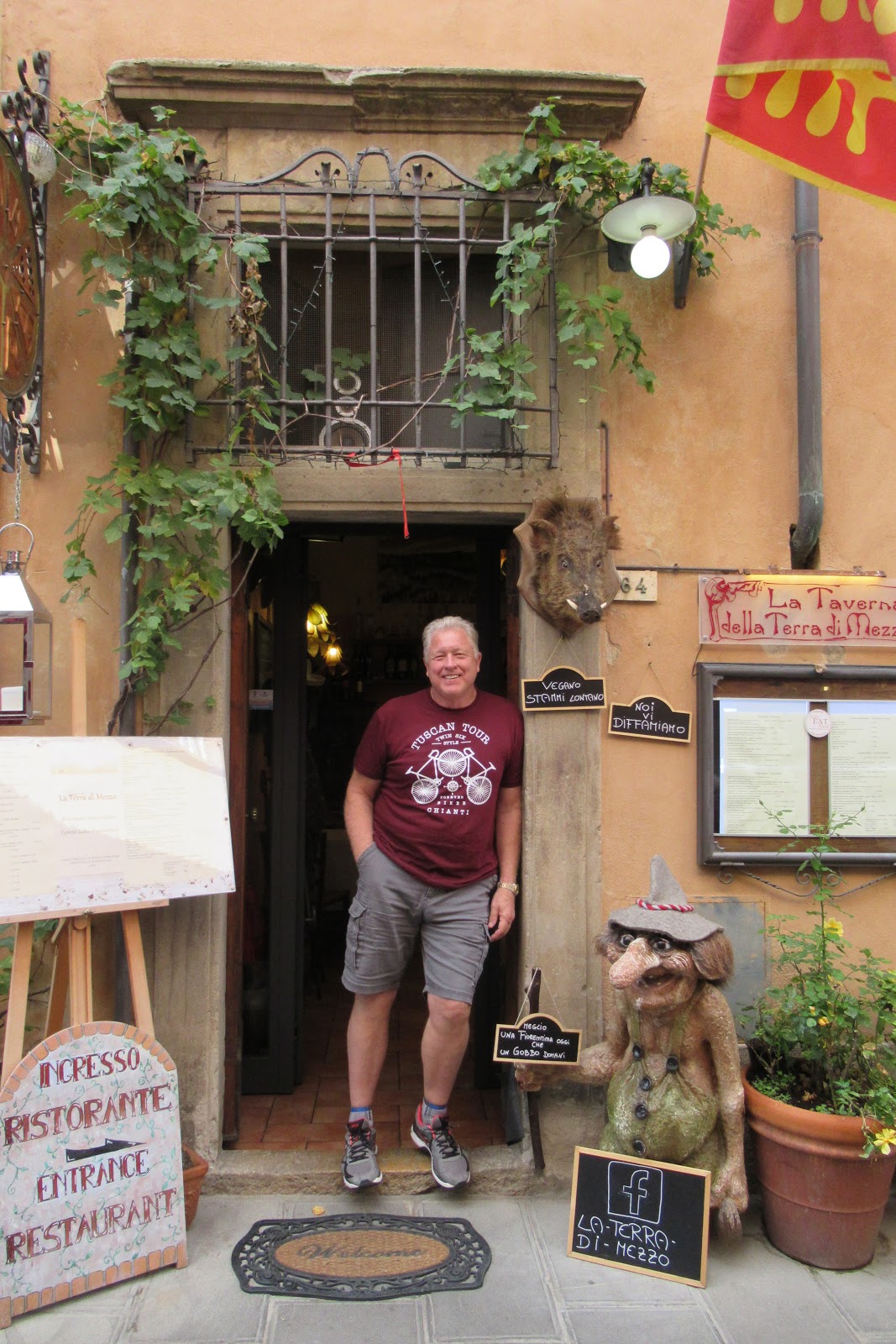
This restaurant in Volterra had a regular restaurant upstairs but the owner invited us to experience his secret downstairs seating. How’s that for privacy!
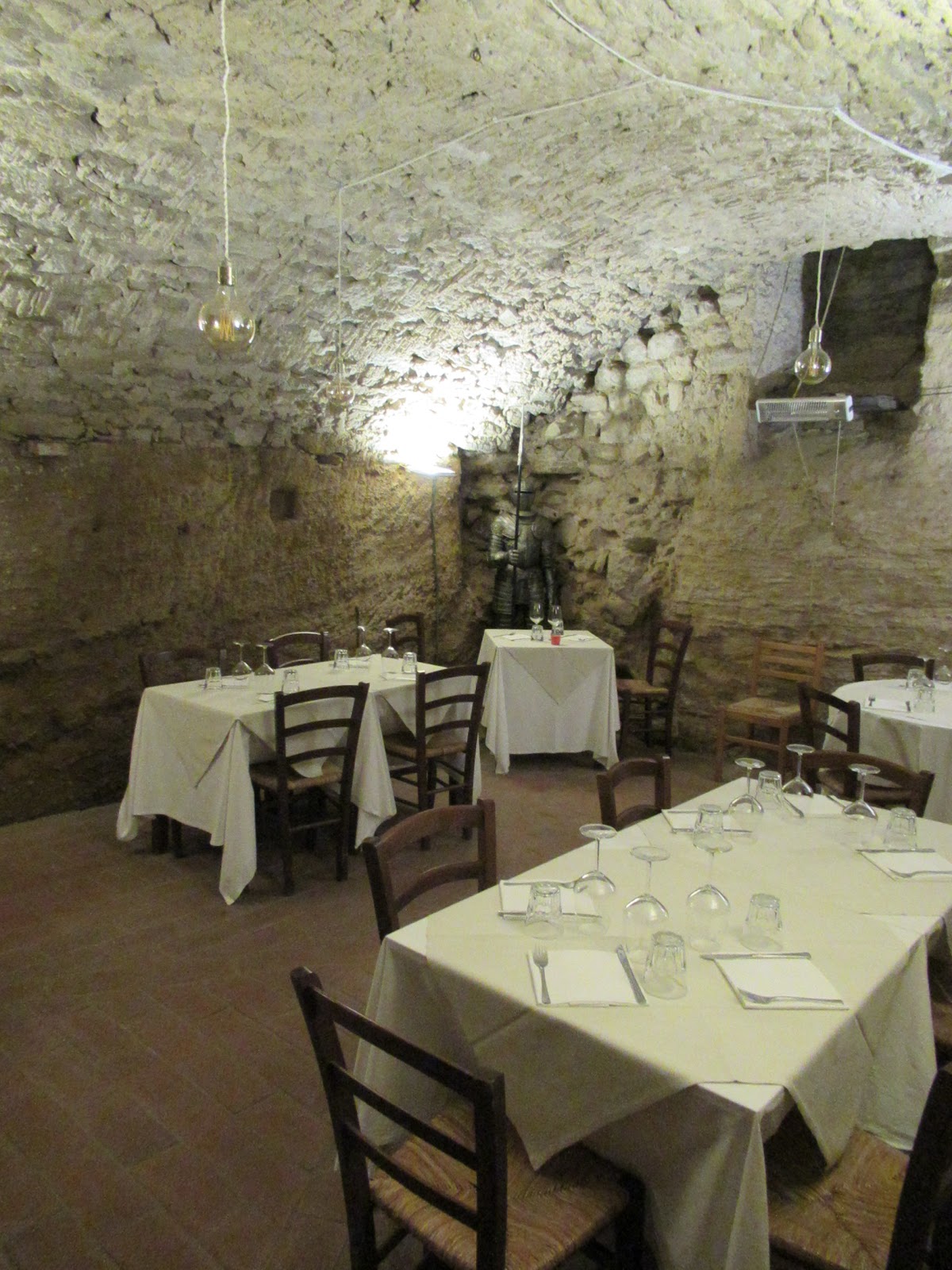

The many colors inside the walled town of Volterra were so pretty in the sunlight.
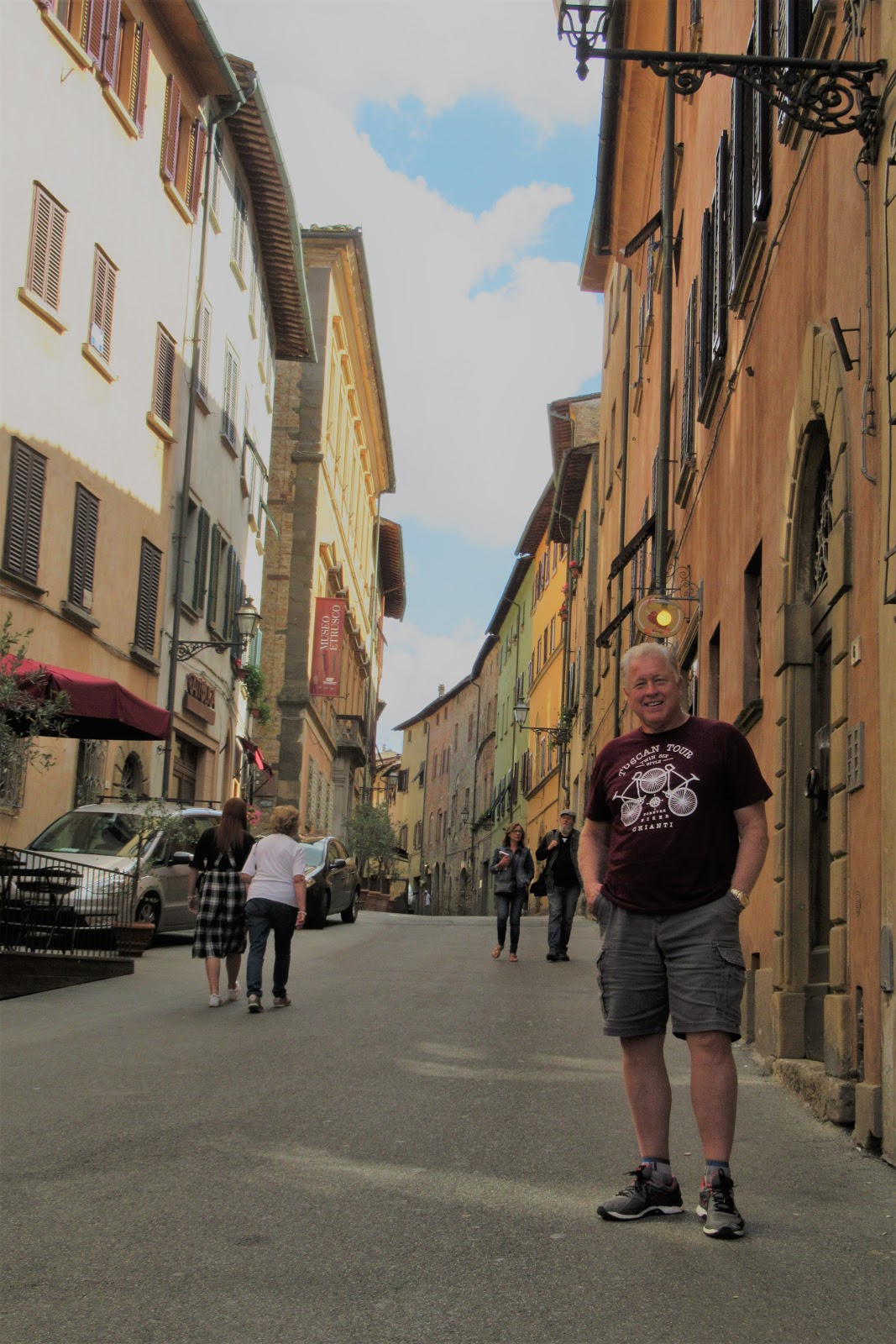
Volterra also has a number of excellent ruins, including this Roman Theater and Baths from the 9th century BC. Excavations were only done as recently as the 1950’s!
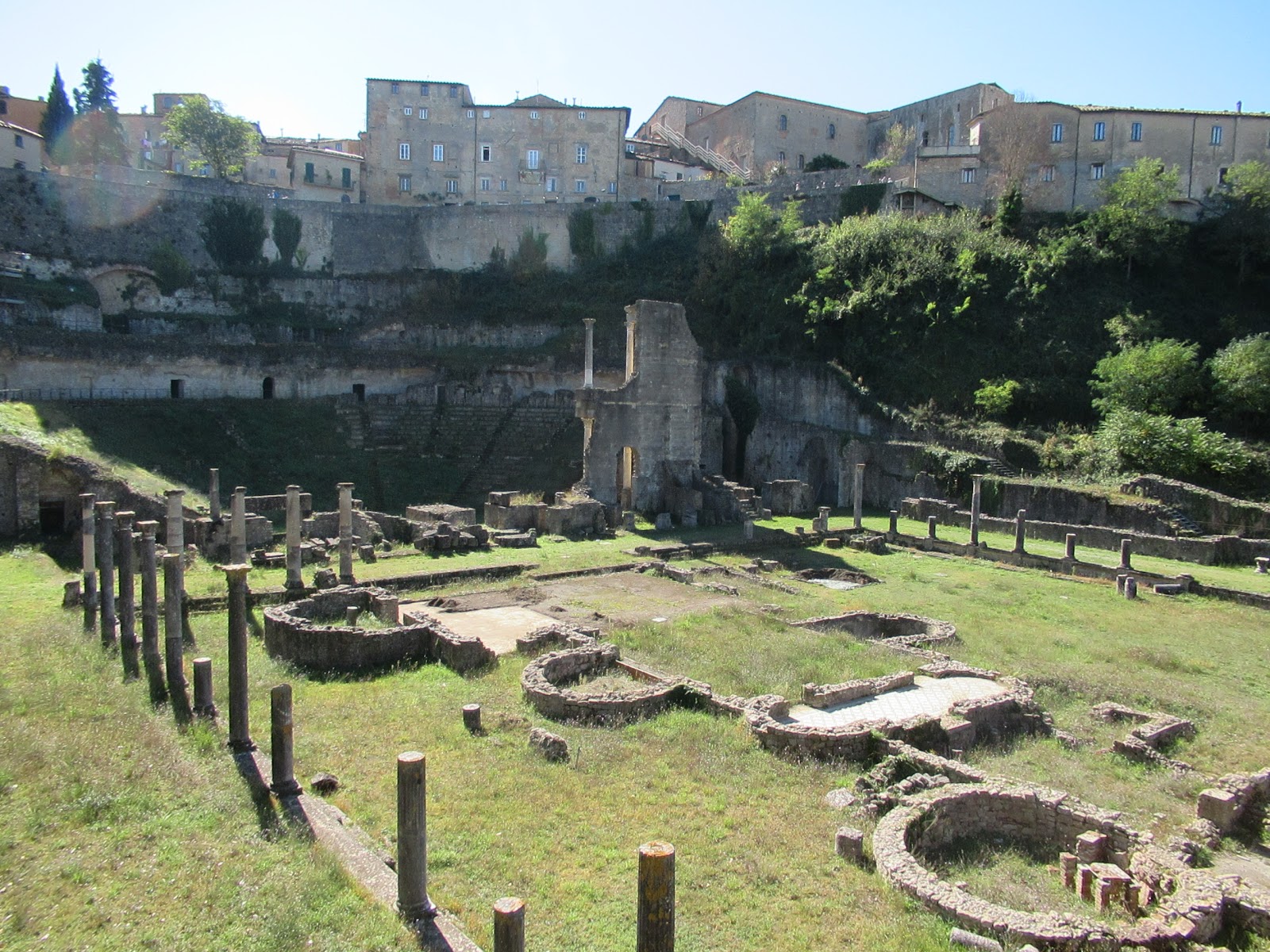
Siena is one of the most popular Tuscan towns. Its Piazza del Campo is one of the largest midieval squares in the world, even though it is not technically a square with a strange shell shape.
People sit all over it, but if you lie down for even a minute, expect a foot-nudge from the police.
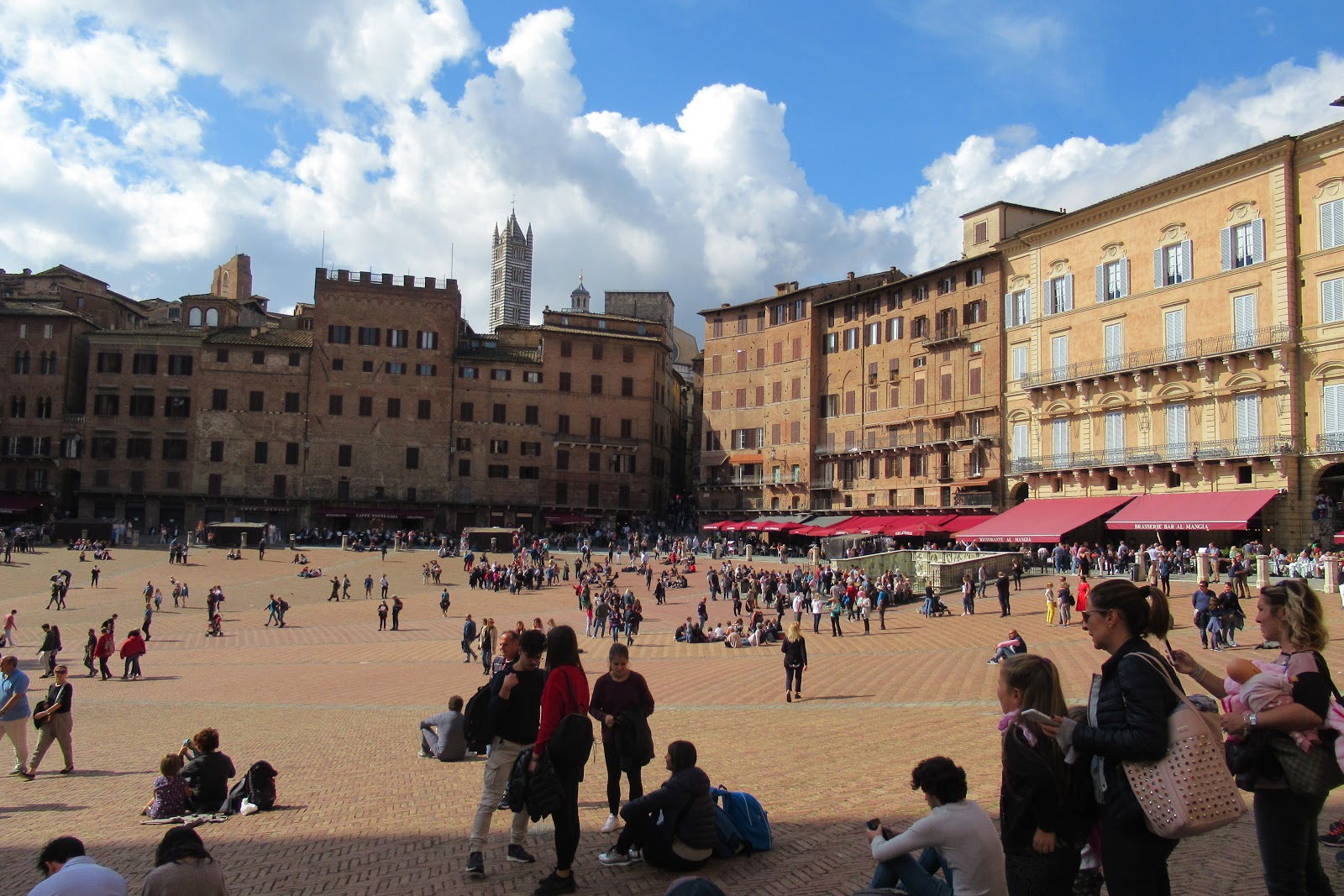
The Torre del Mangia (tower named after its first caretaker) was our goal, not only to work off some (you guessed it) wine, but also for amazing views all around.
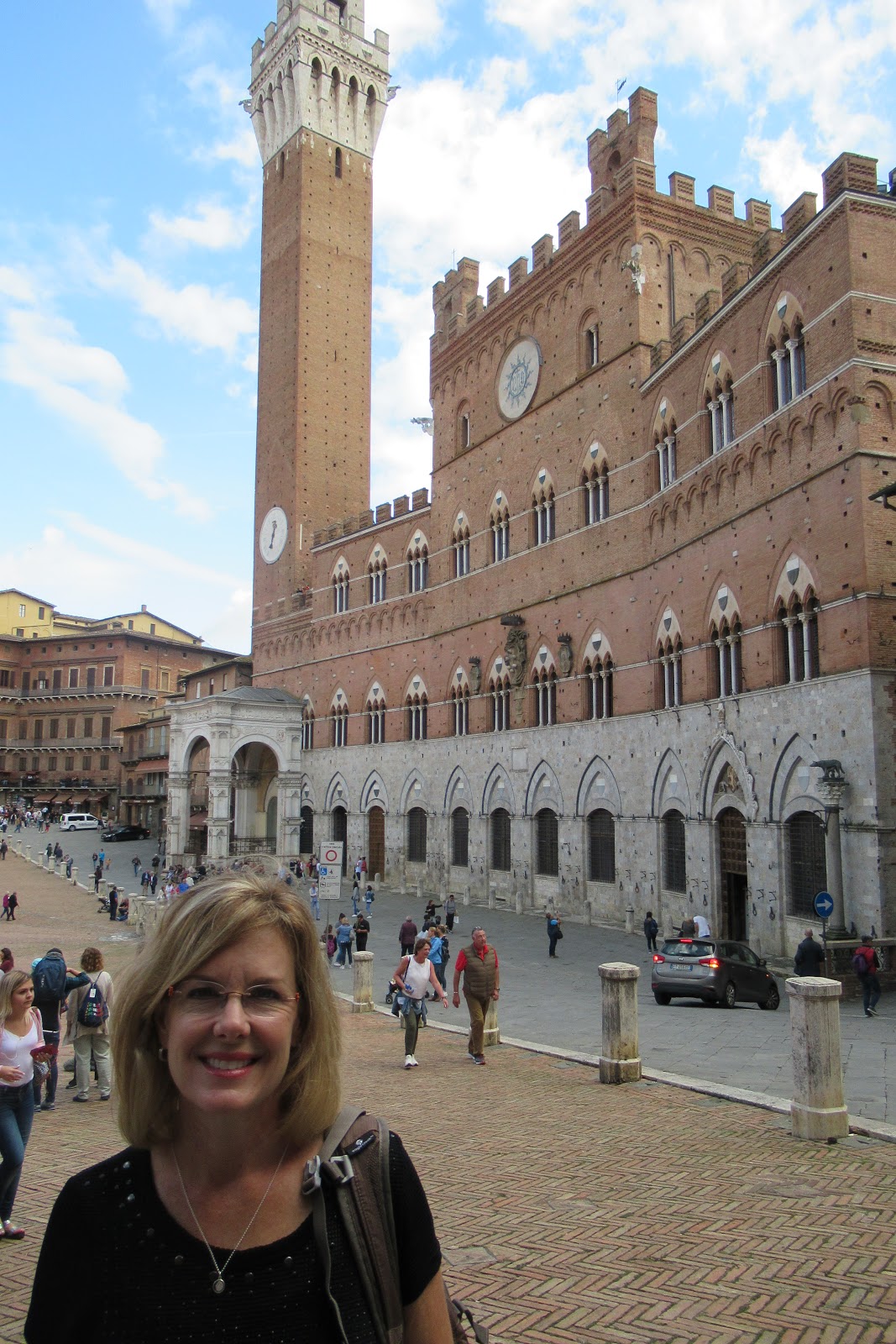
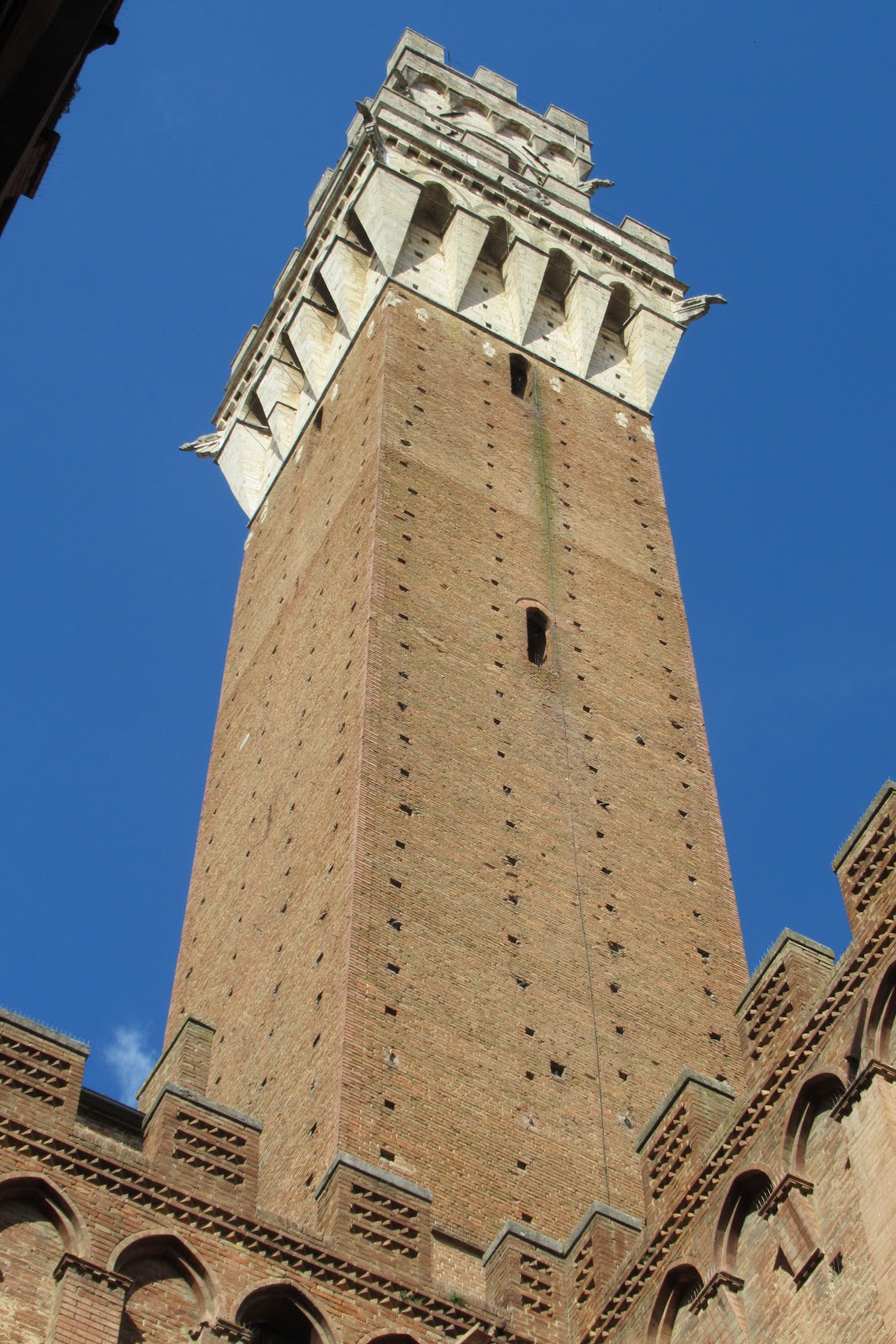
A series of dark, narrow, twisting staircases takes you up 400 steps to the top.
They only let a few people in at a time because you can barely squeeze past each other!
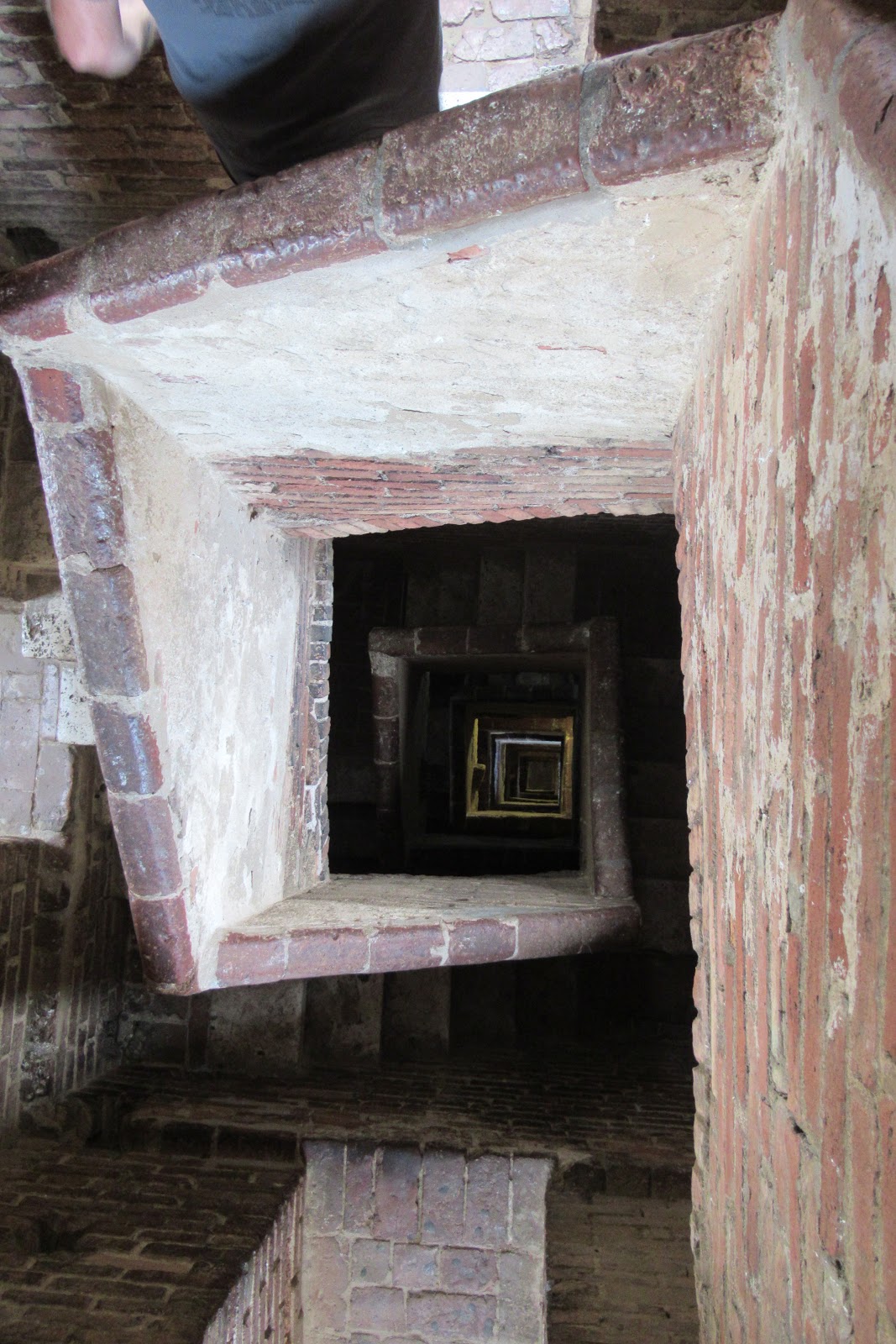

But the views, OHHHHHH yes the views!!!

Siena is best known for its famous race “The Palio,” held twice a year around the outside of the Piazza below. It’s 90 seconds of excitement, huge crowds, riders are regularly thrown off their horses into the crowd (no saddles), and an event passionately revered by all Seinese. (Sienna-ites?)
If you have 3 minutes, watch Rick Steves’ excellent video about the race.
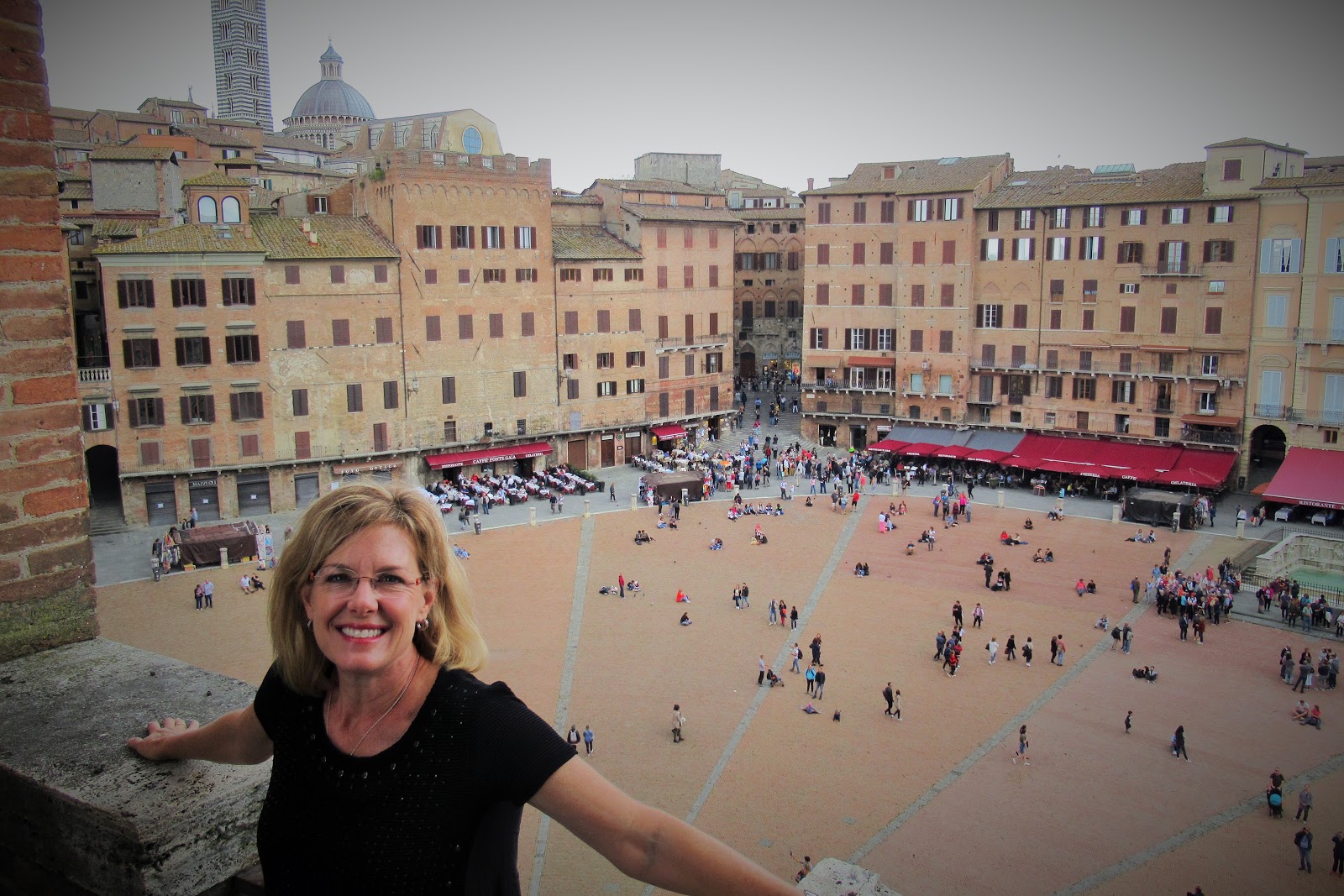
Lastly, our Tuscan adventure of course took us to beautiful Florence, high “fashion” capital of Italy (second only to Milan), where these shoes can be had for a mere 1,885€($2,166 US dollars).
Somehow Philip could not be convinced that I needed these for my Safeway runs.

Piazza del Duomo and the Florence Cathedral is one of the most visited places in Europe and the world, and indeed the line snaked around the building even in the pouring rain. It was huge and absolutely stunning!
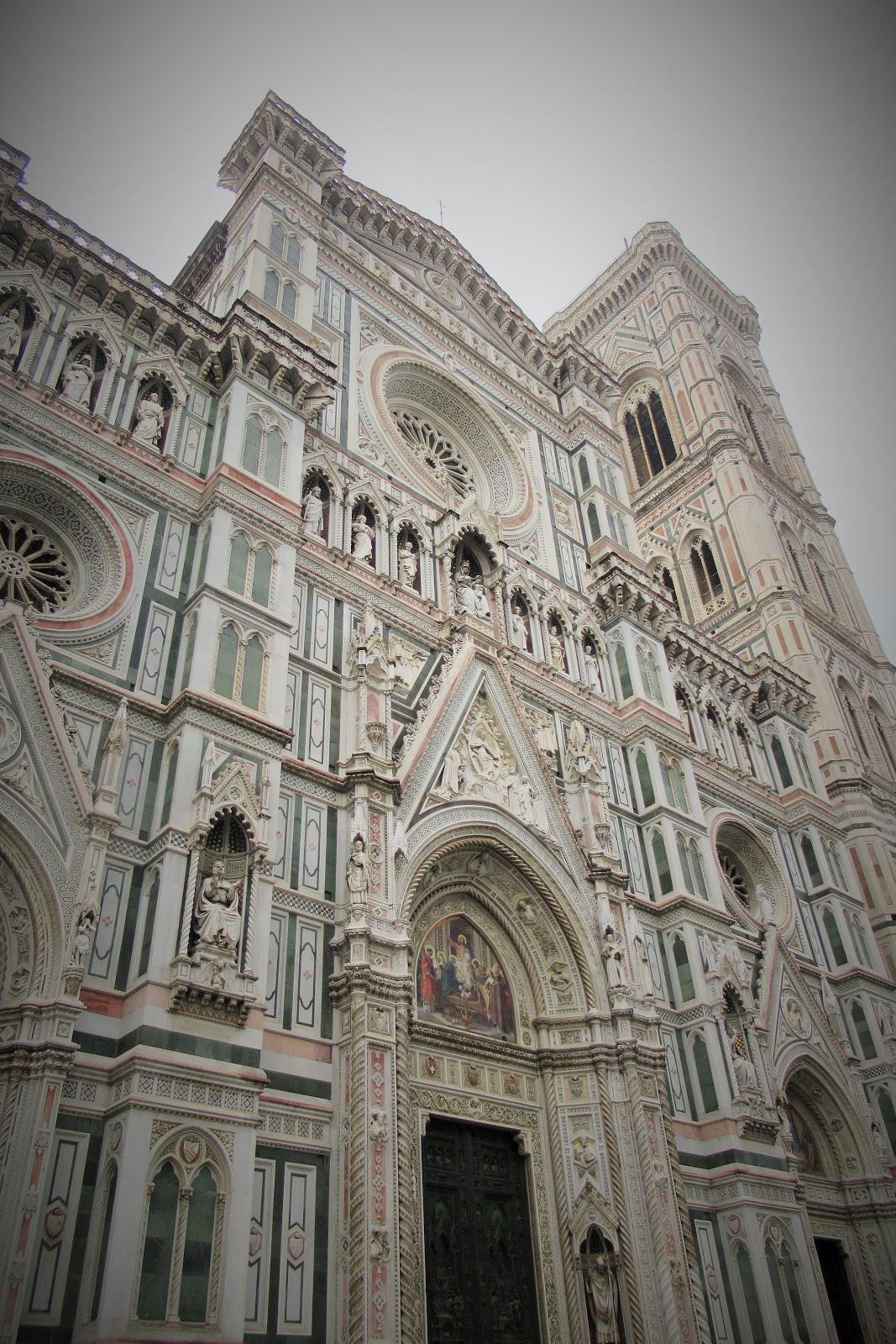
Ponte Vecchio is the most ancient and photographed bridge in Florence, is famous for the shops built into the sides of it (most used to be butchers, but today are all extremely high-end jewelry stores).
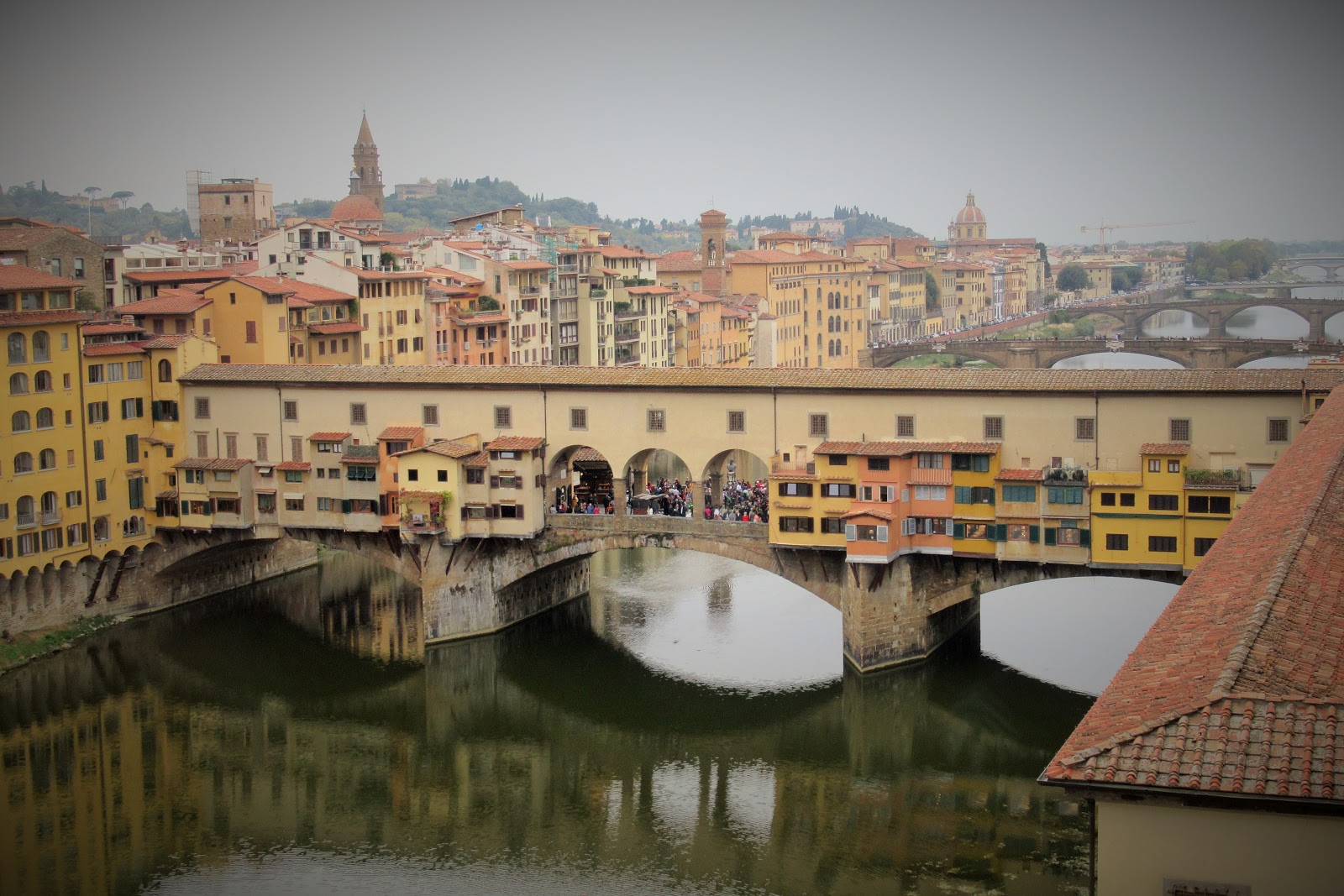
Uffizi Gallery, one of the largest, best-known, and most-visited art museums in the world,
where even the hallways and rooms are masterpieces themselves.

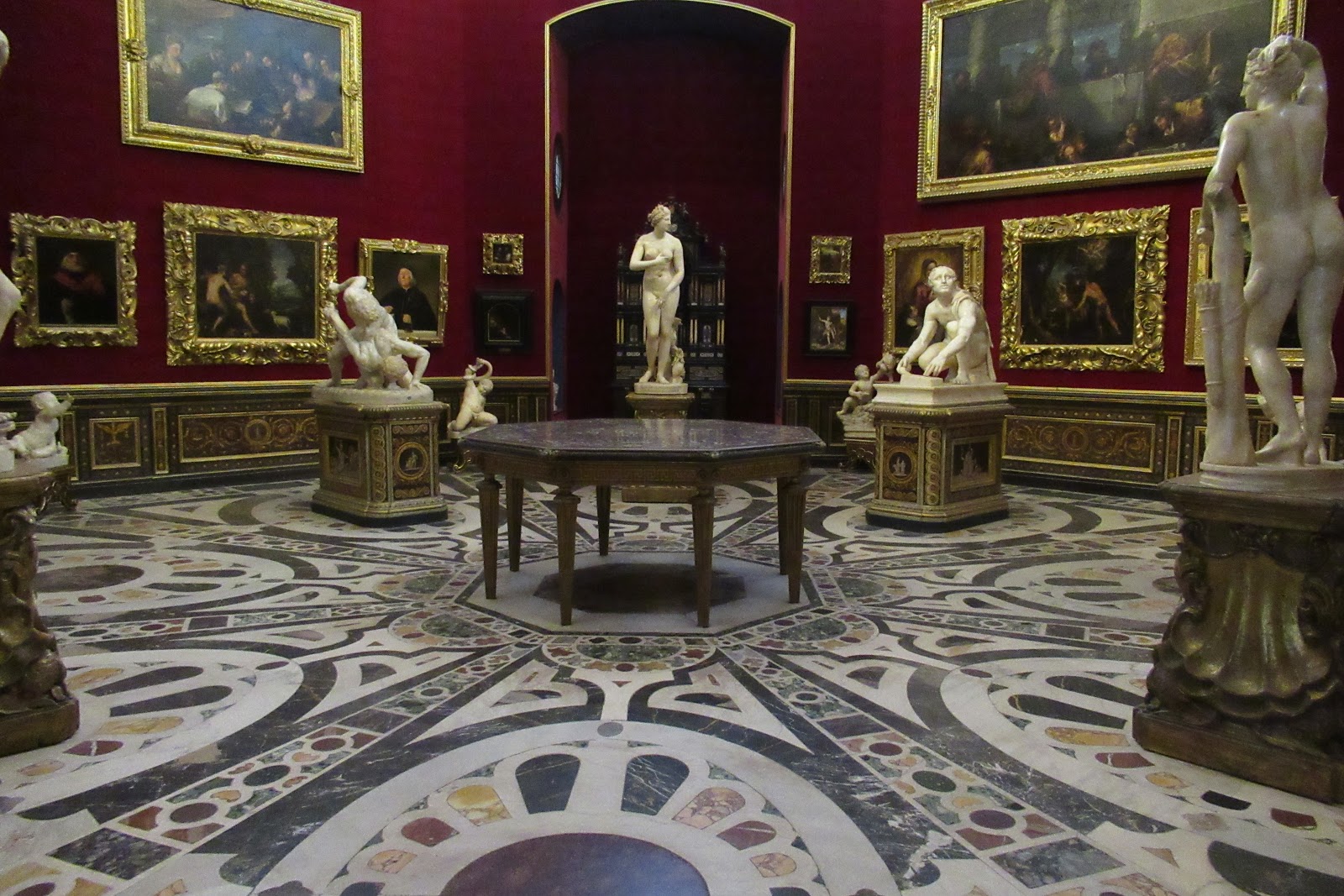
The artwork was stunning and made all-the-better by our excellent private guide,
who explained the need-to-knows and shepherded us around the hordes of people.
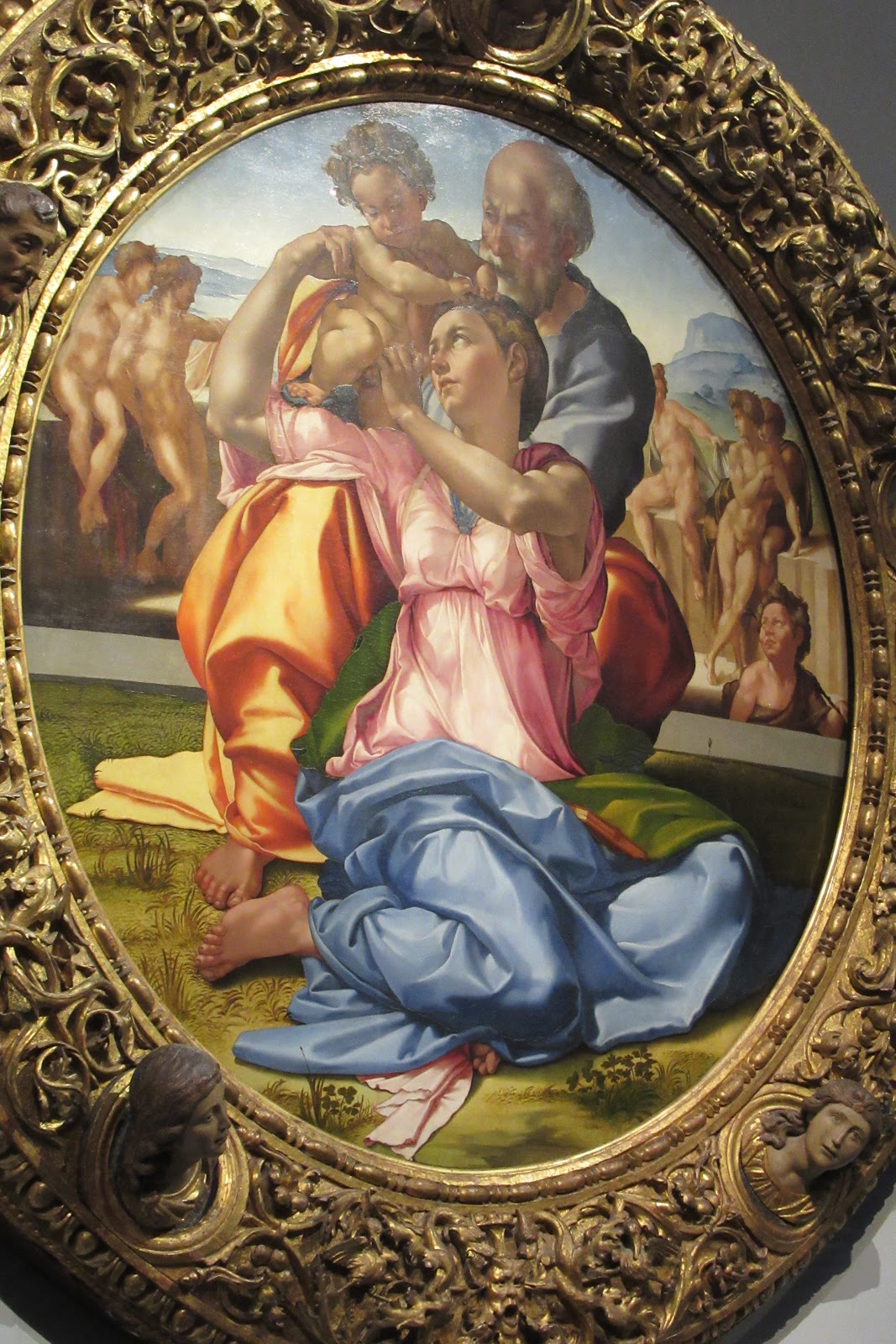
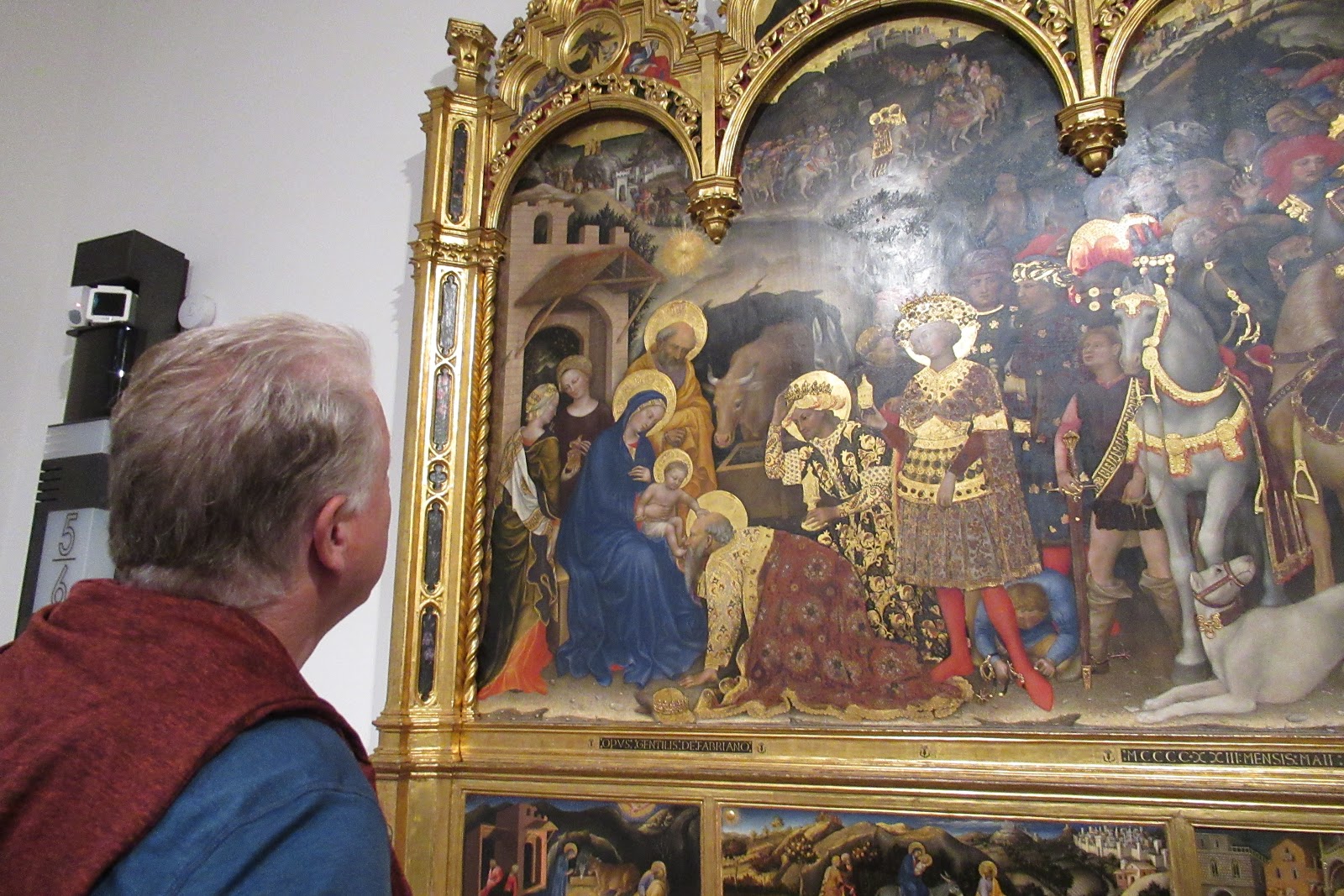
Name that painting! Or were you not possibly paying attention in freshman art class?
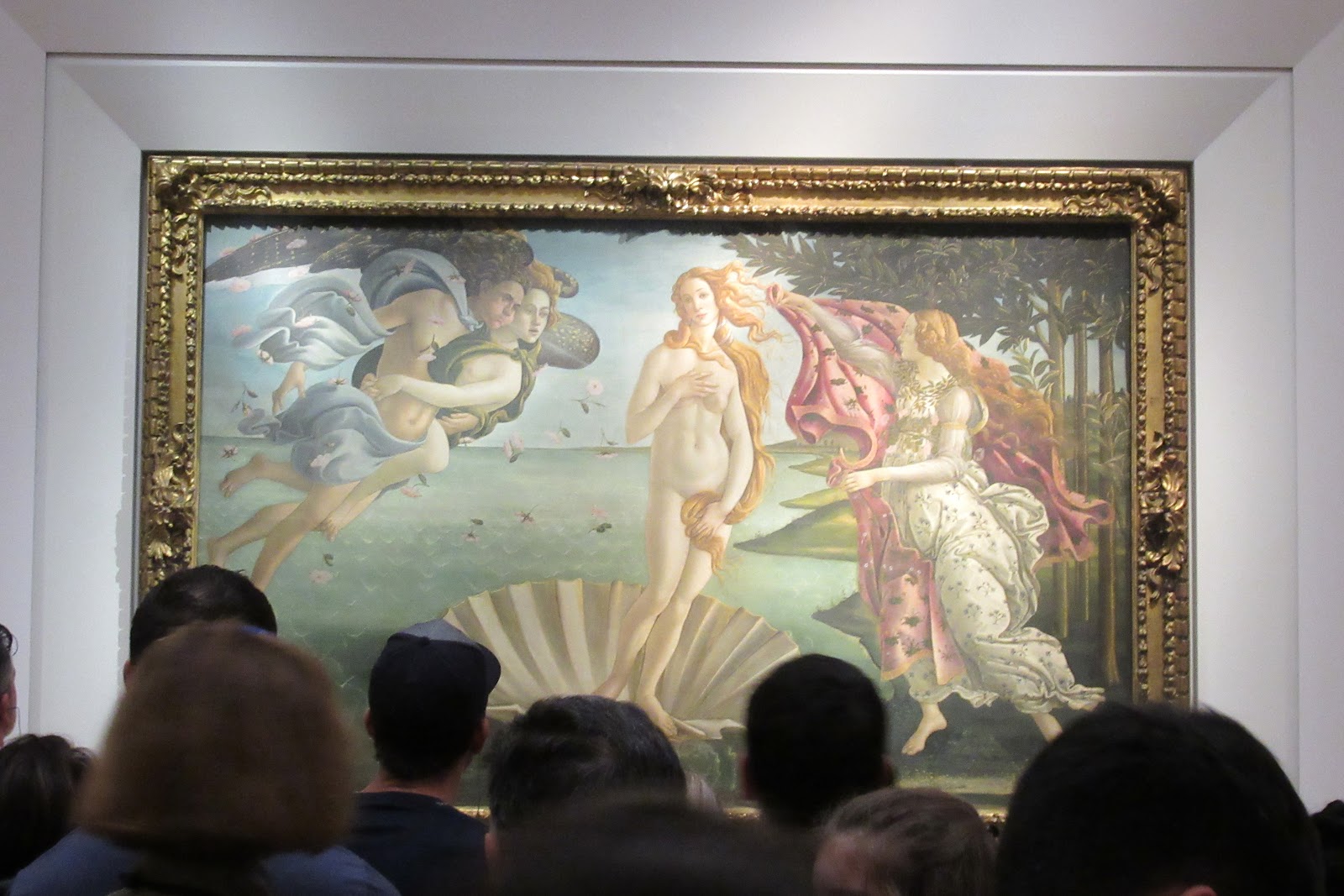
One does not visit Florence without seeing “David,” Michelangelo’s 1504 masterpiece. In the ultimate underdog story, it was created from a piece of marble that all other sculptors had rejected for being inadequate. Truthfully, I was tired and secretly didn’t really want to go to one.more.thing. But turning that corner and seeing him at the end of the hall … it truly took my breath away!
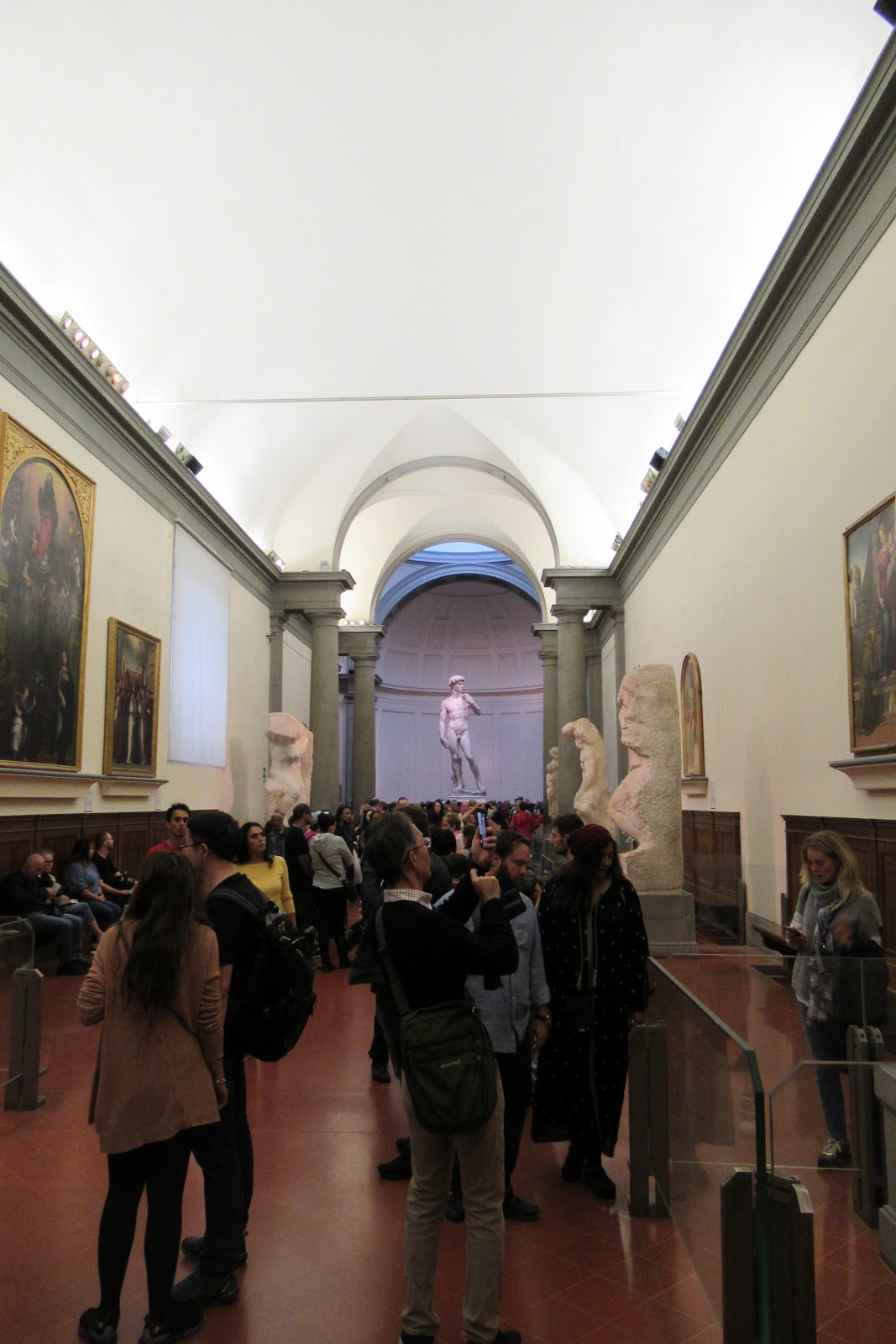
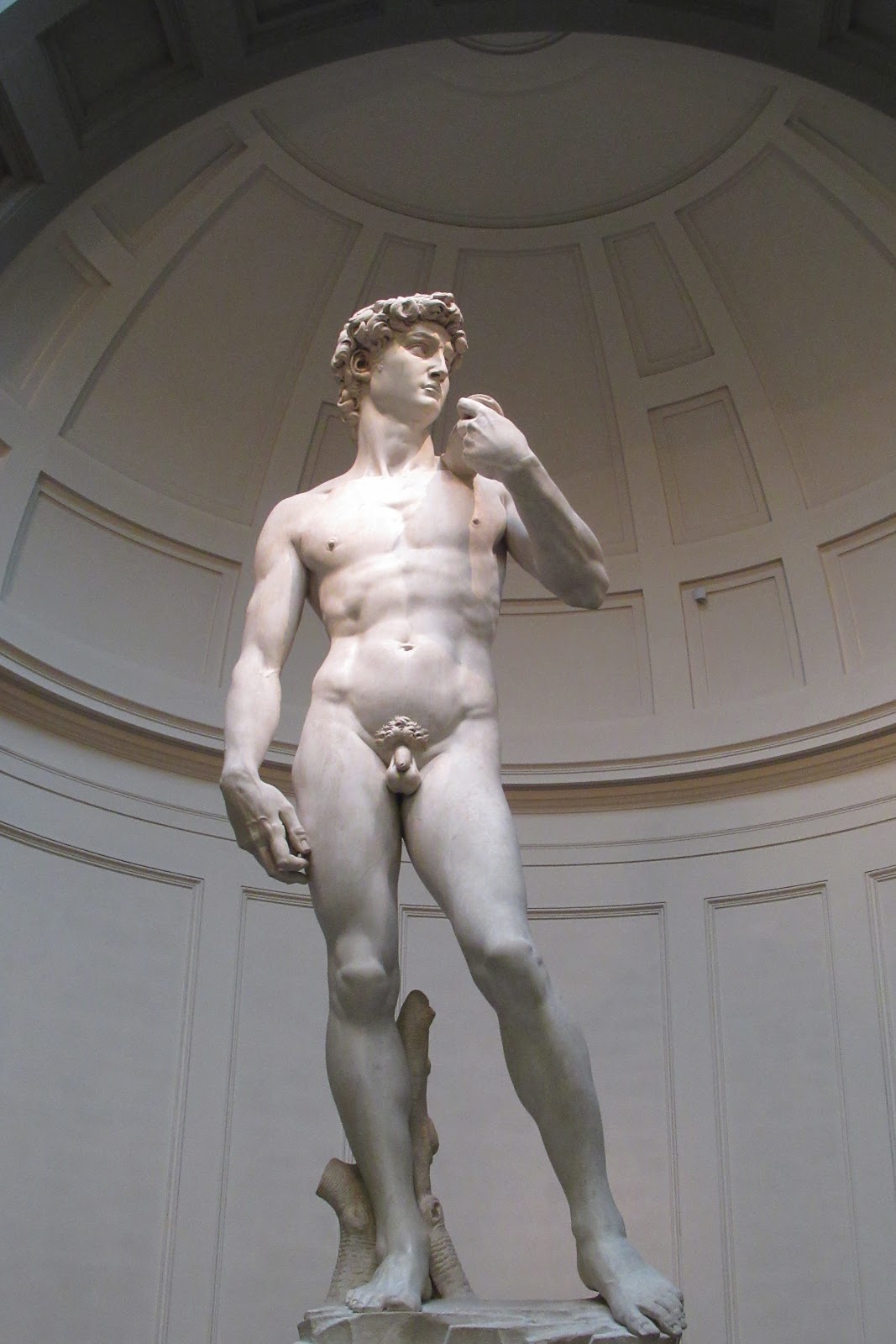
The walls and ceiling of his area are almost as beautiful as the statue itself.
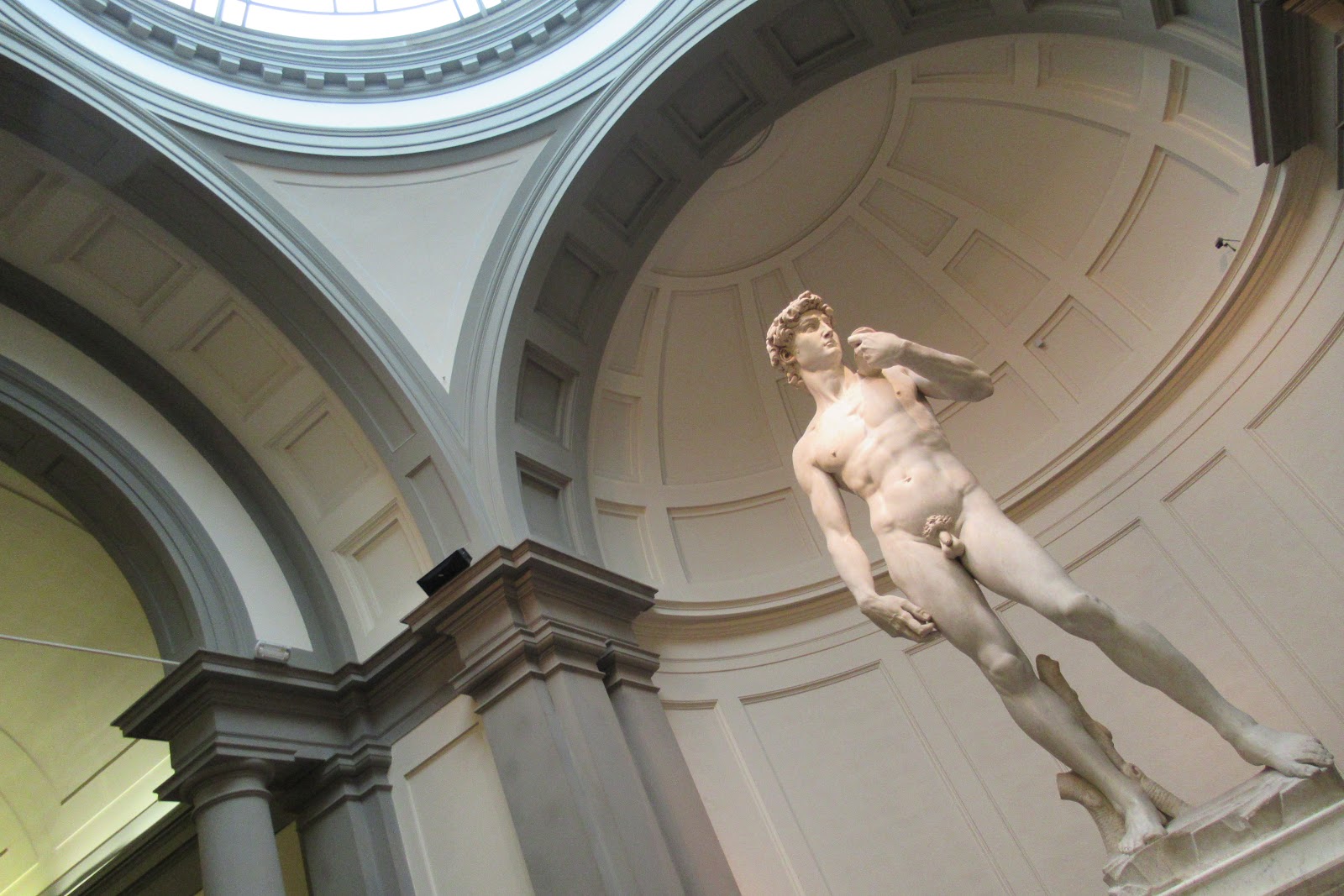
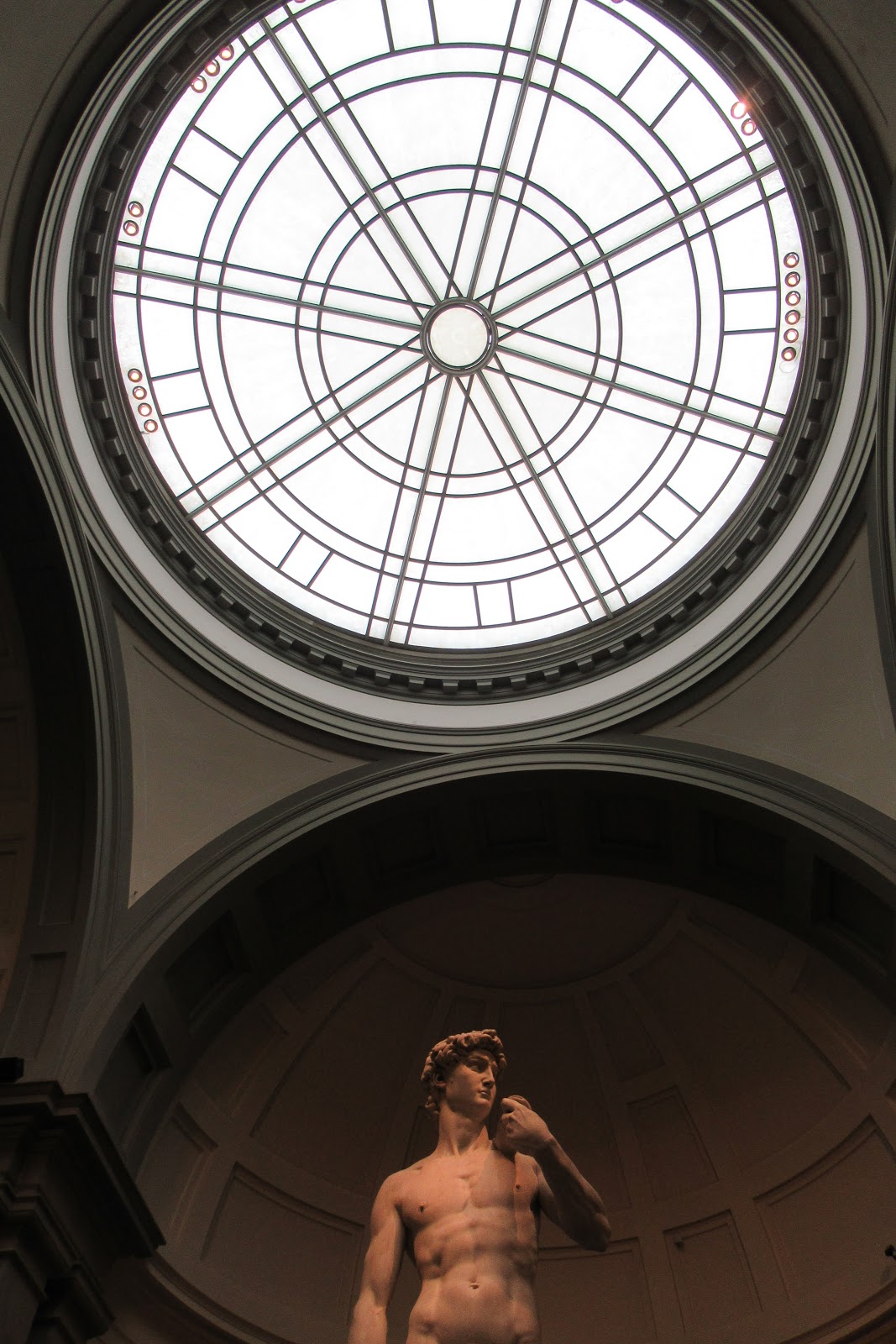
And the SIZE …. oh my! I had not realized how big the statue is, and since he is mounted high off the ground, it was really staggering. Look at David in relation to the people below!
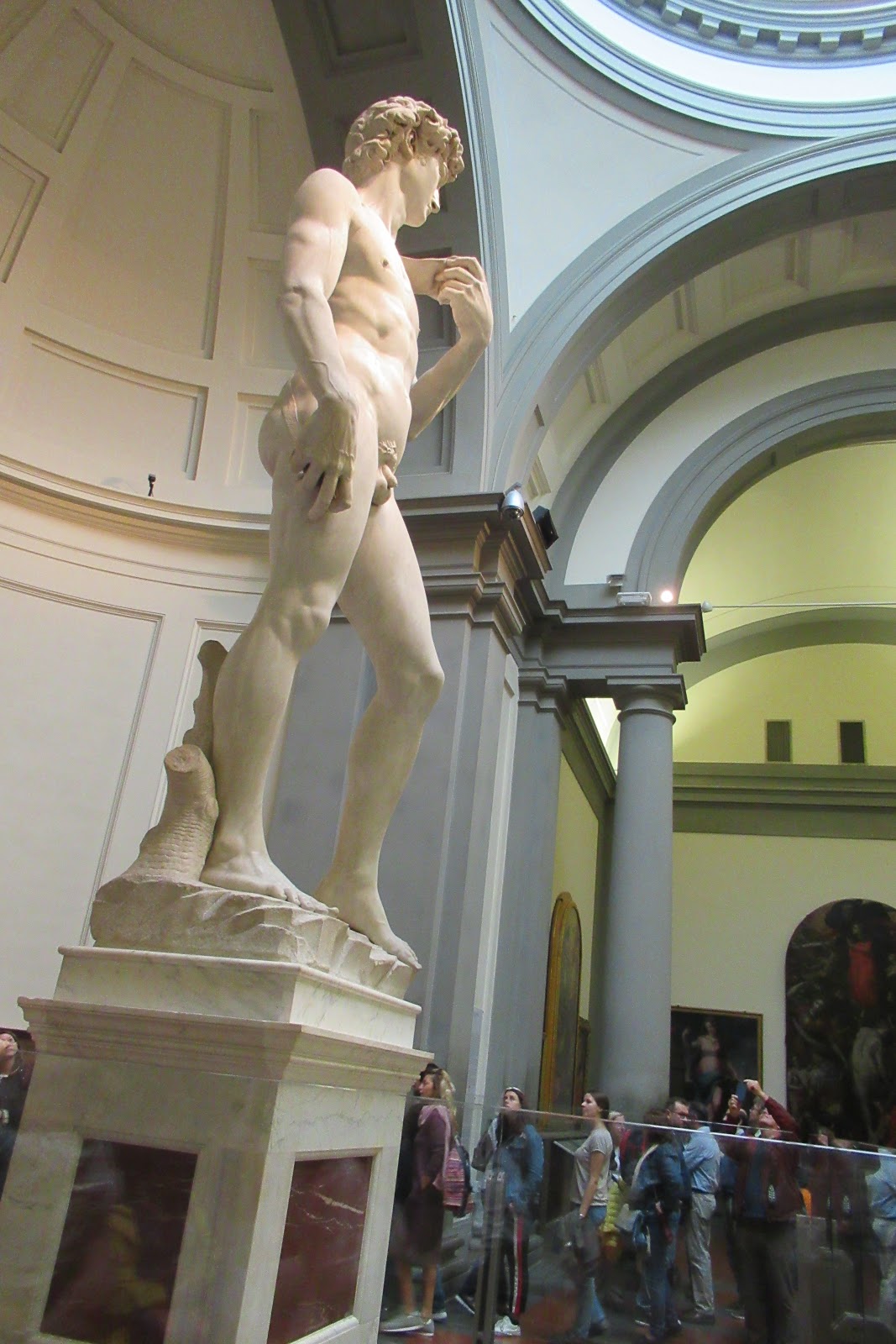
And so after all that Florence sightseeing, we replenished with … what else …. wine. (OK, Philip had a beer.) The food continues to delight and amaze!
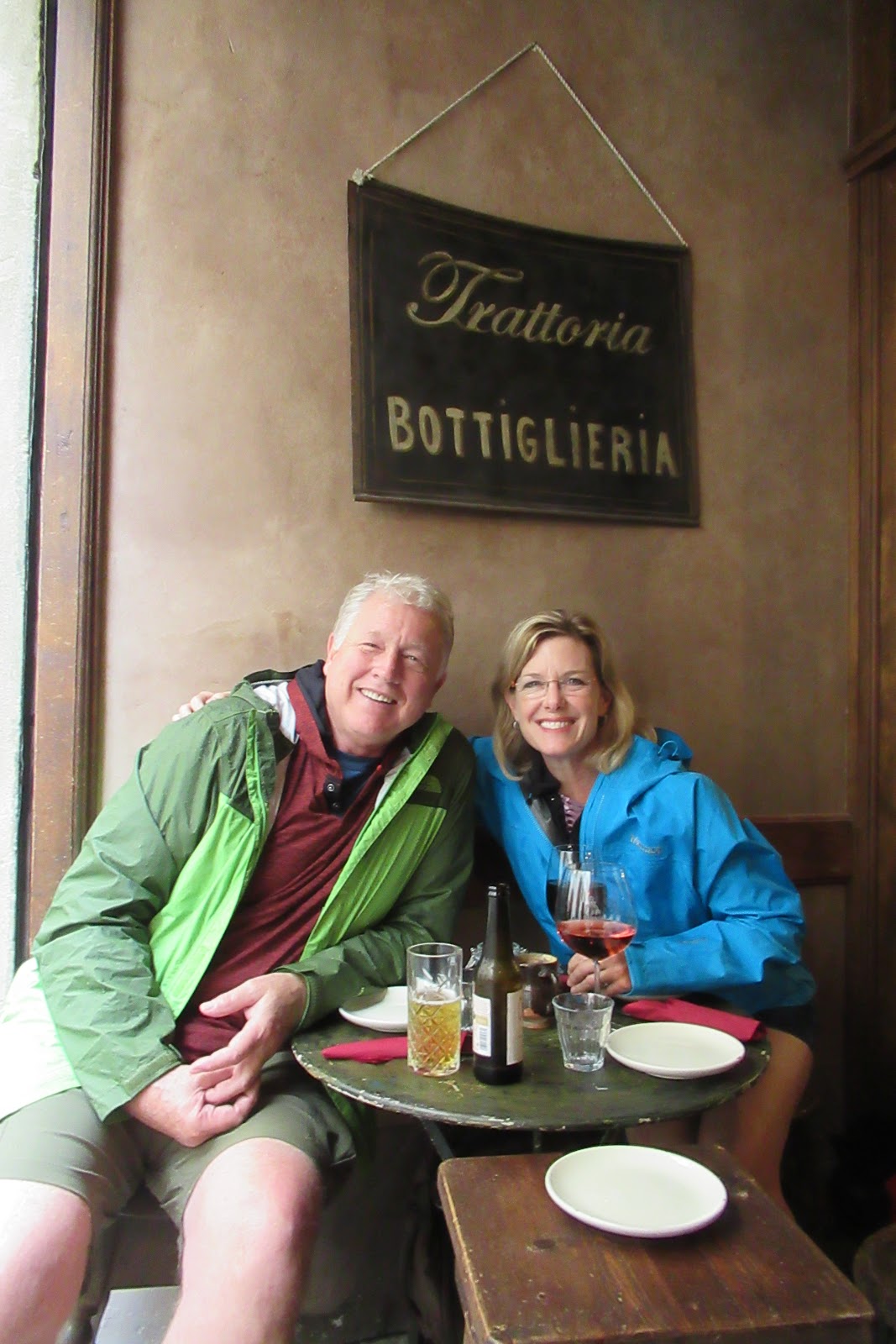
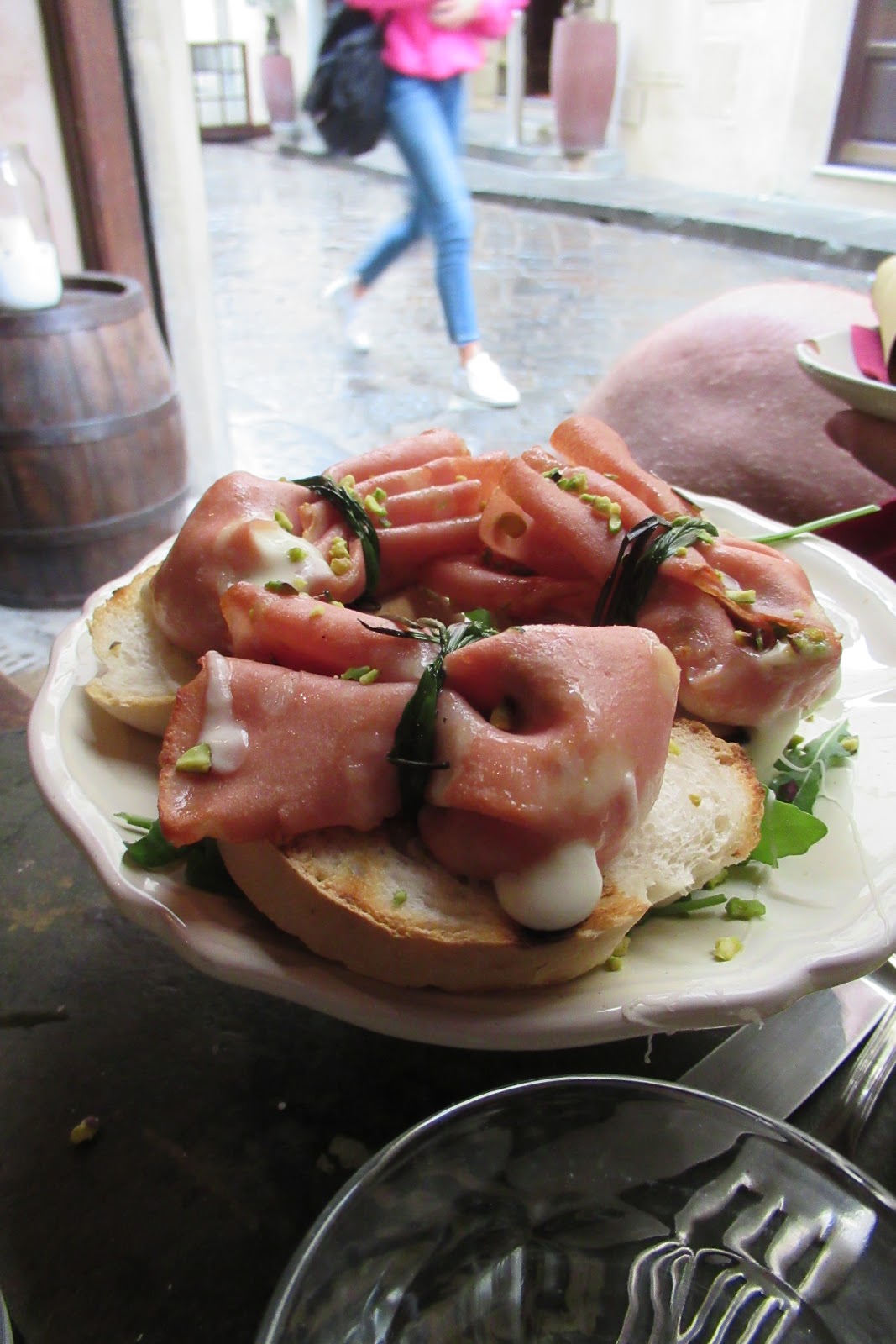
Leaving Tuscany, our final stop would be Cinque Terre, a series of five centuries-old villages on the coast of the Italian Riviera. But that’s yet-to-come (soon!) in the final blog post of our Italy series! so long Tuscany and thanks for the memories!
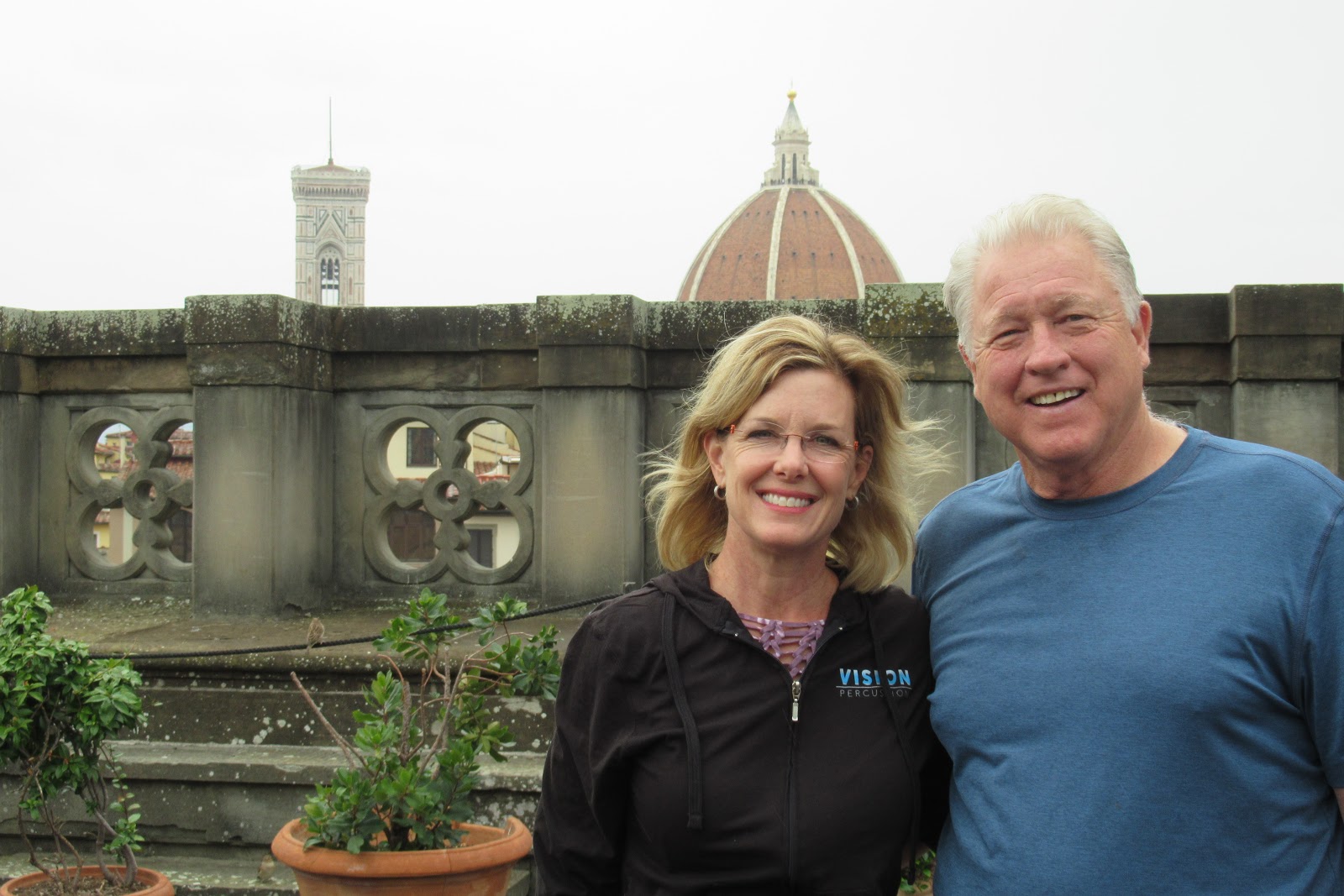
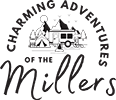
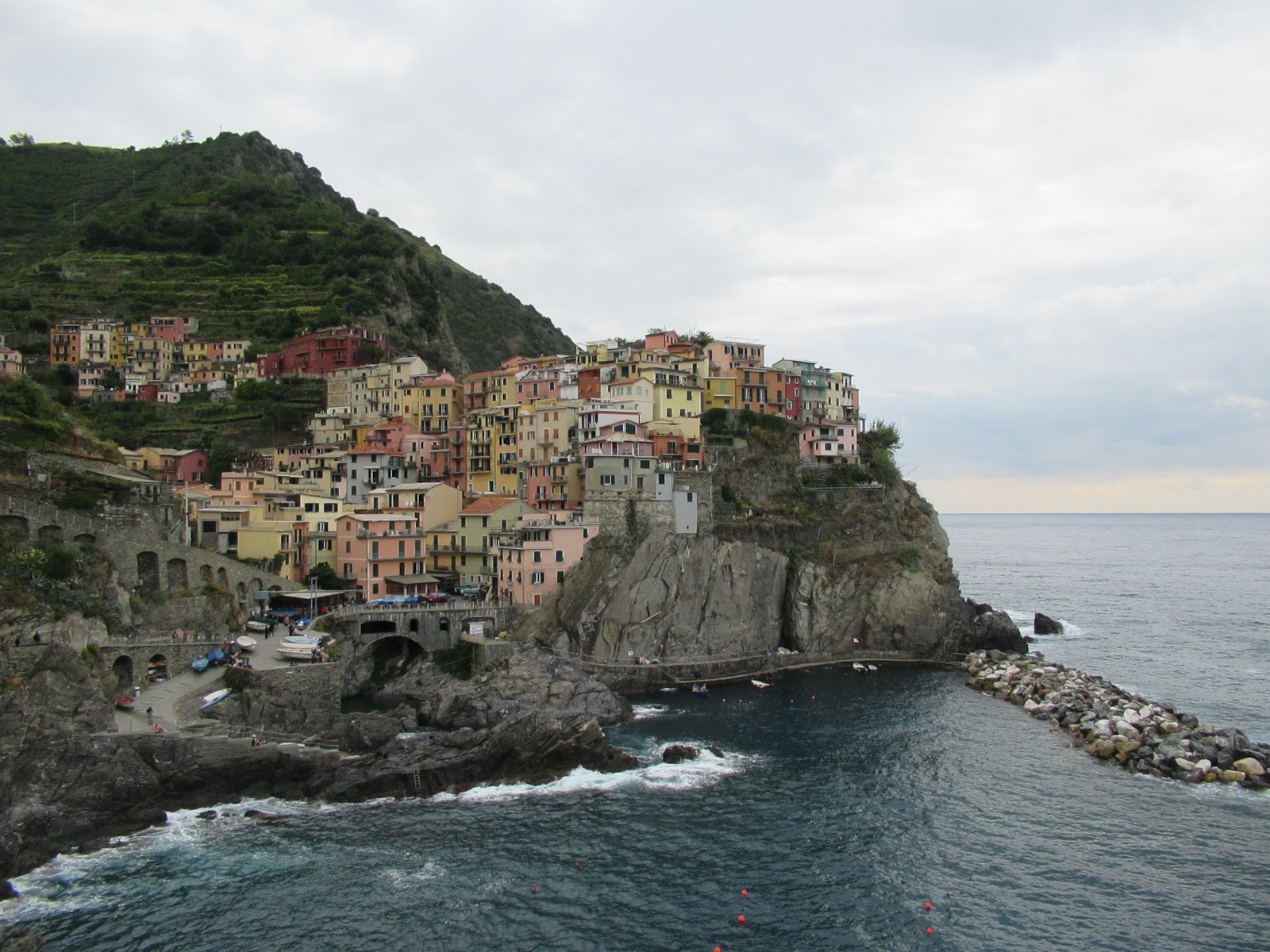
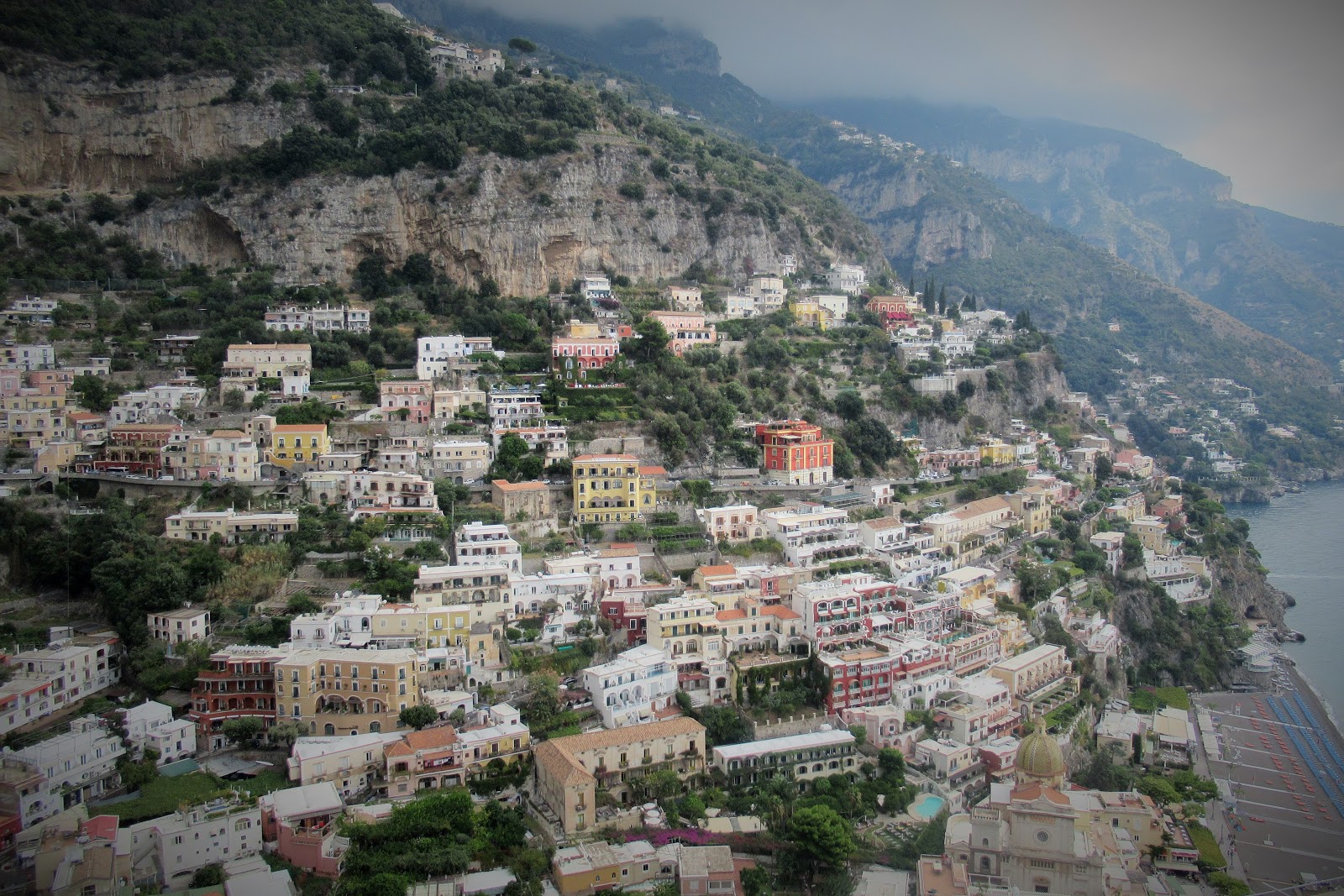
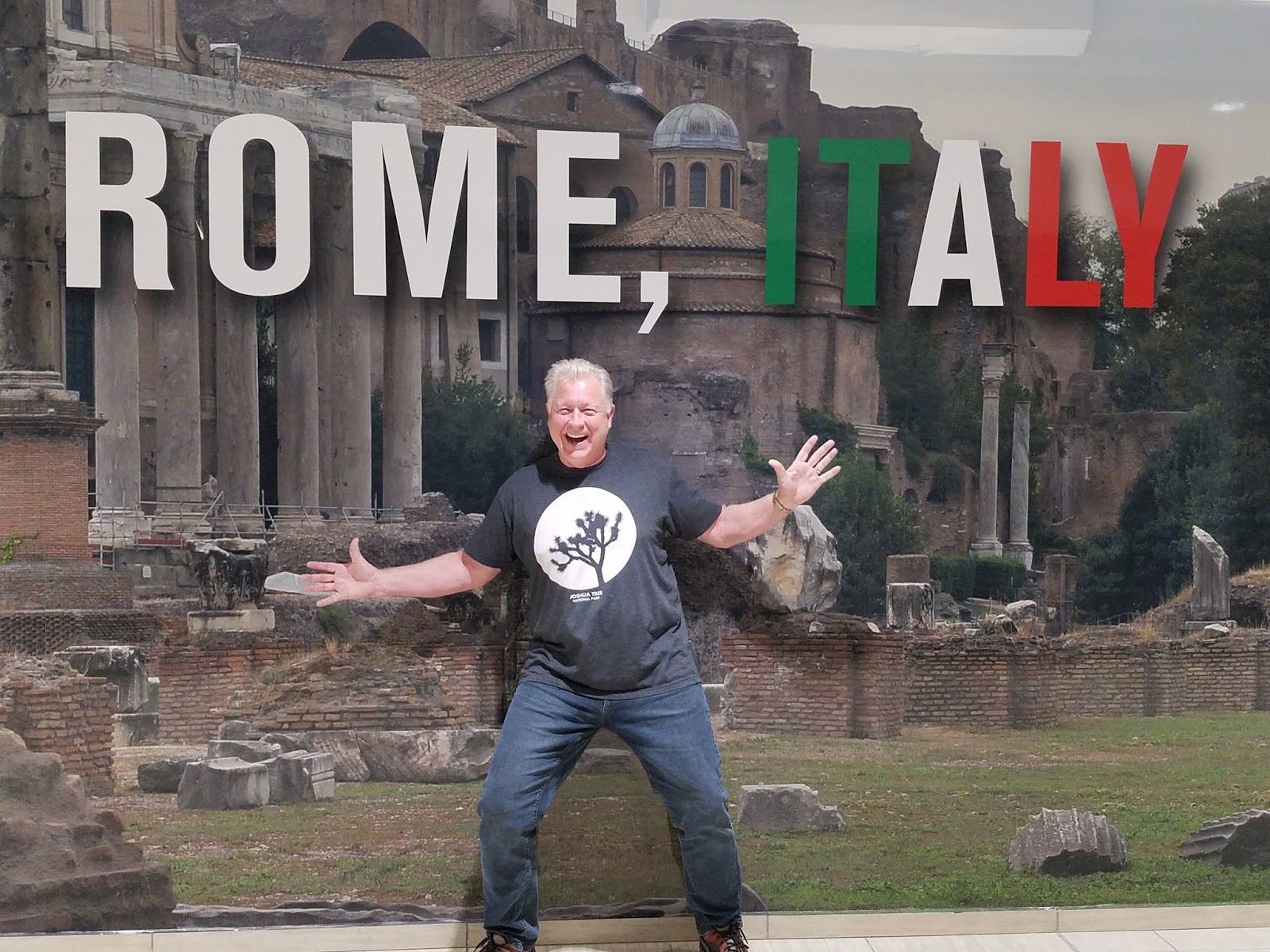
Leave a reply